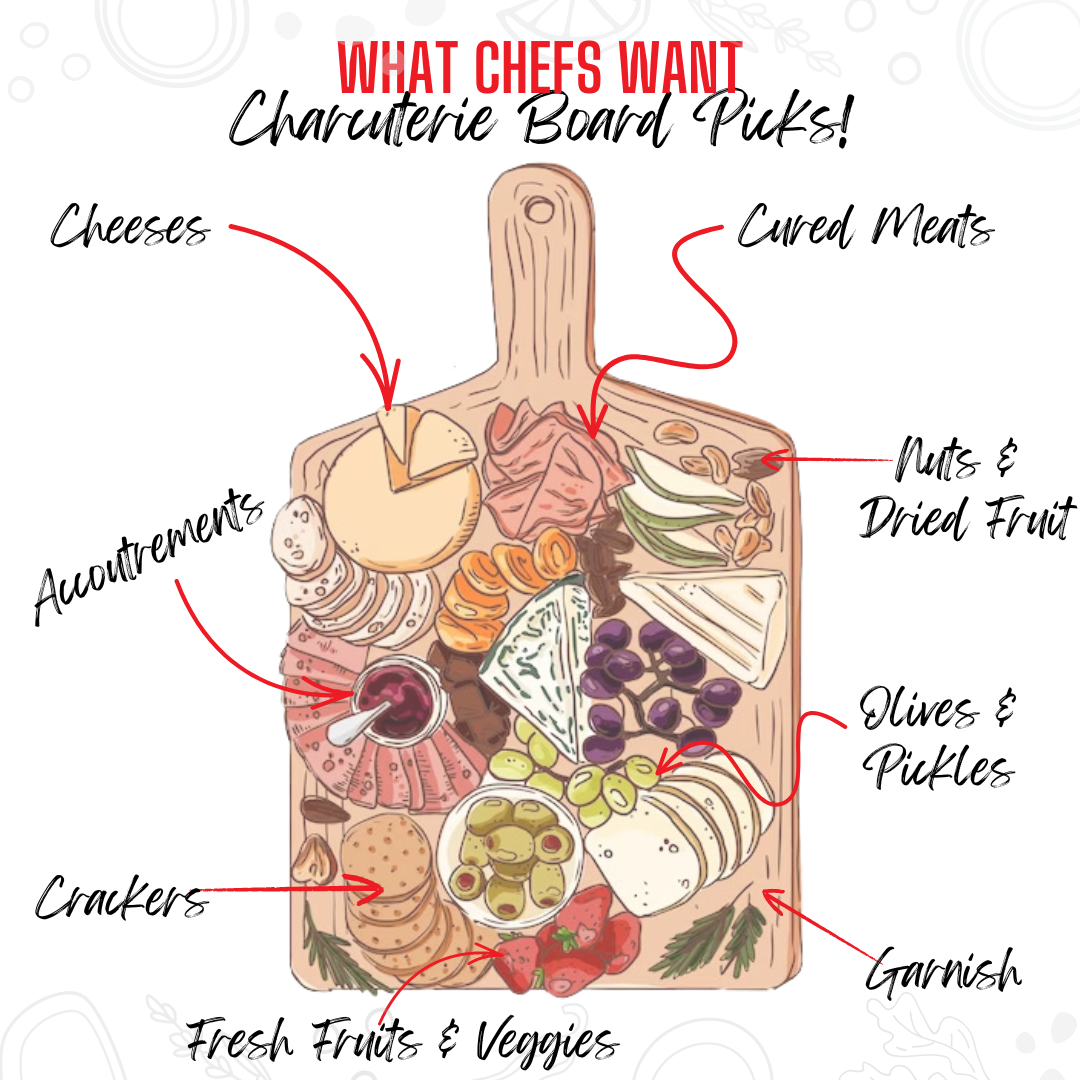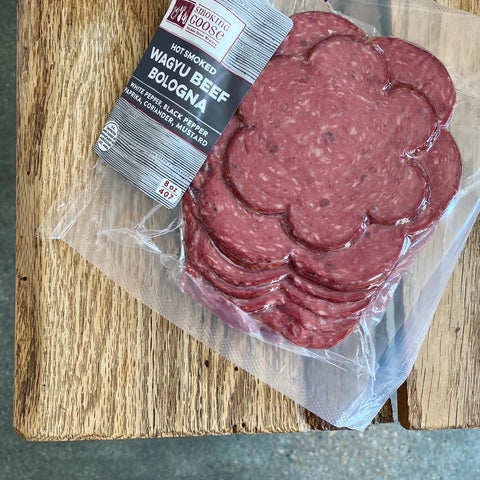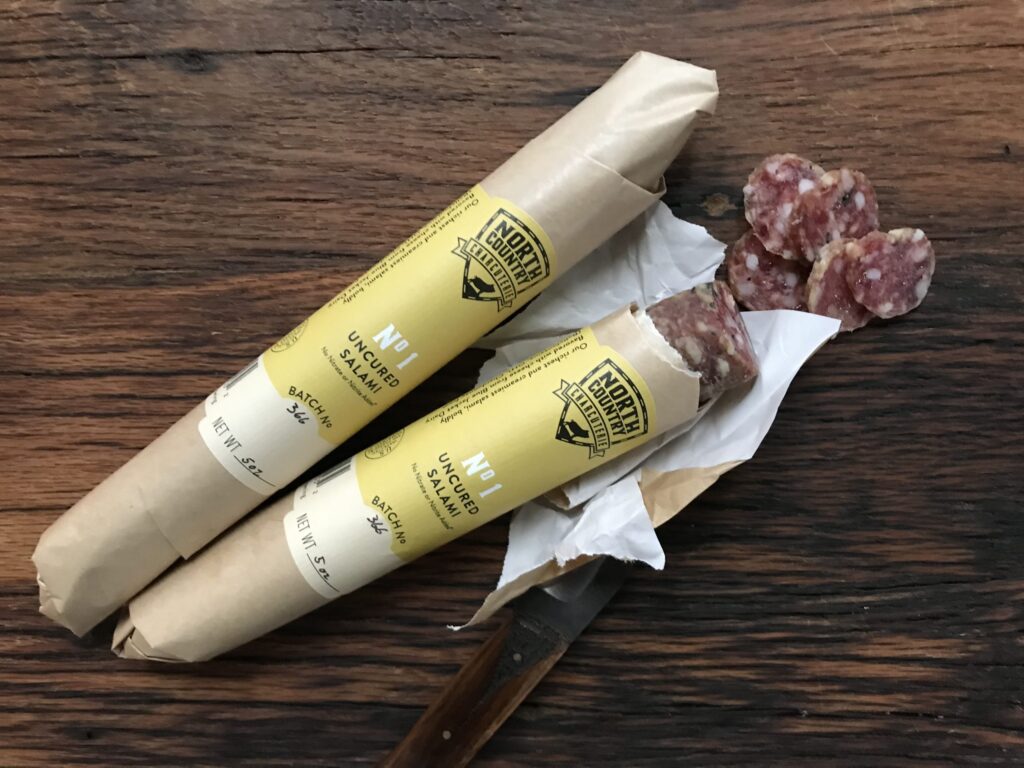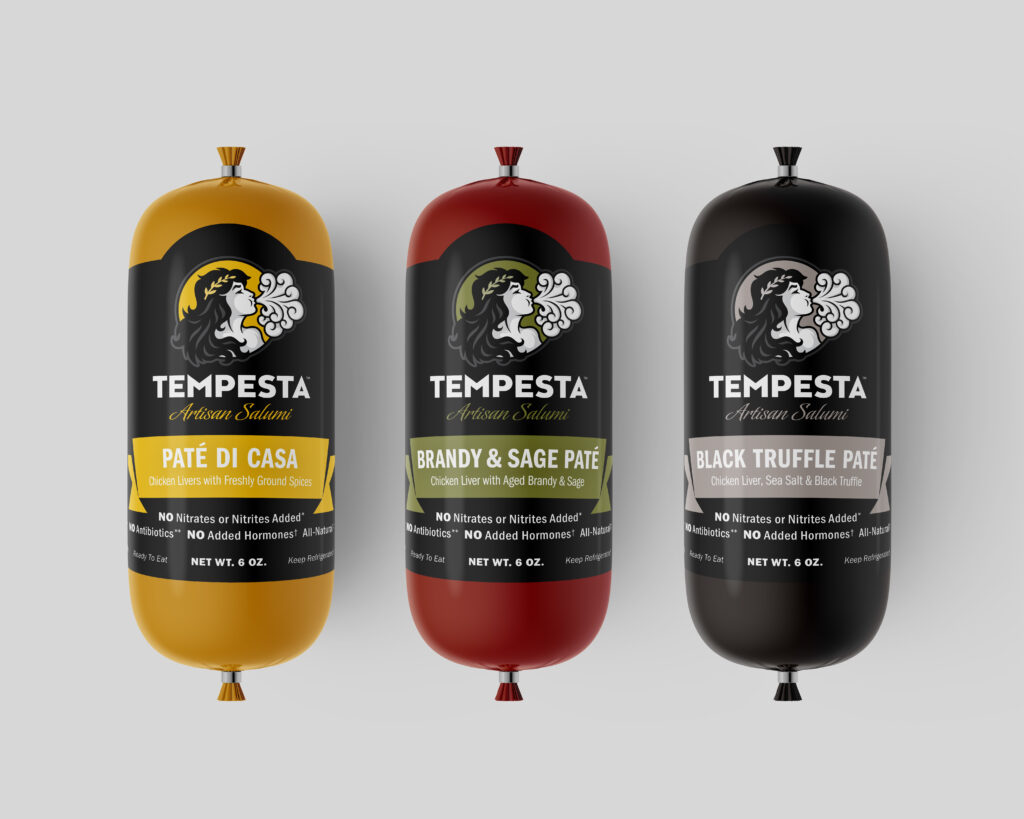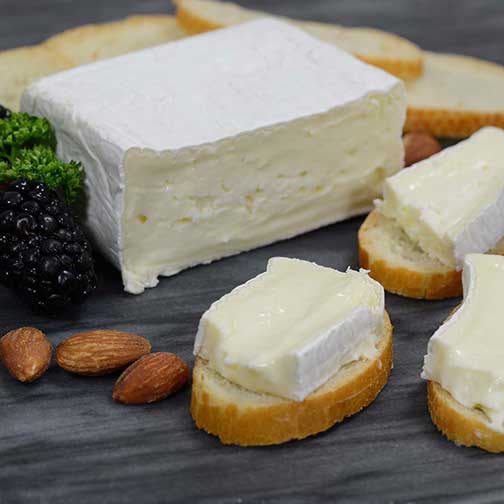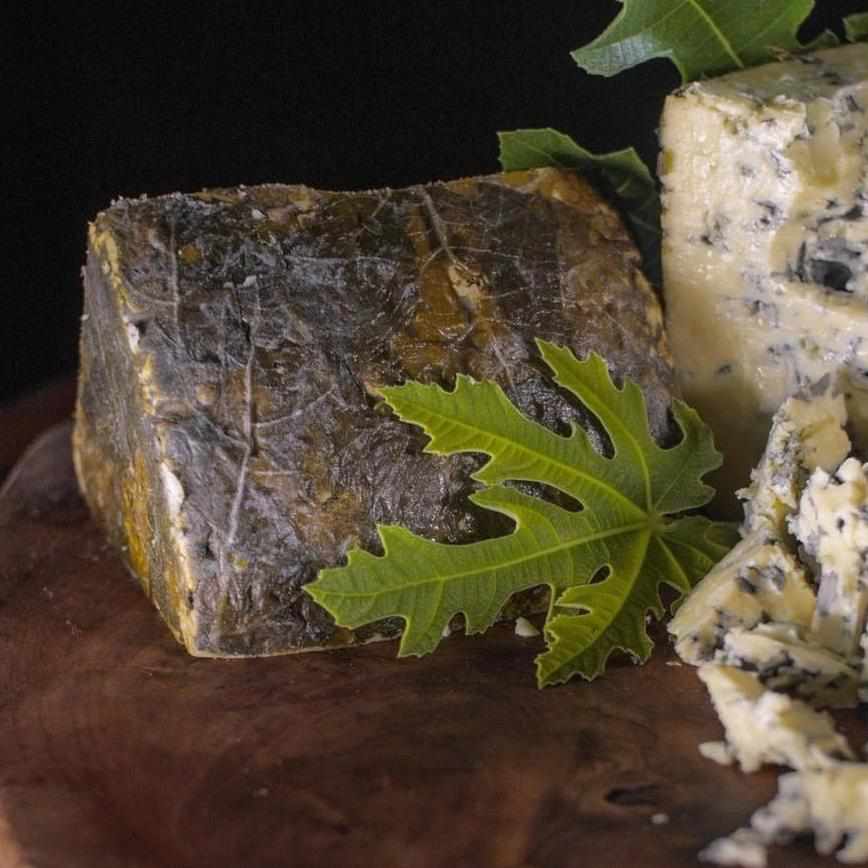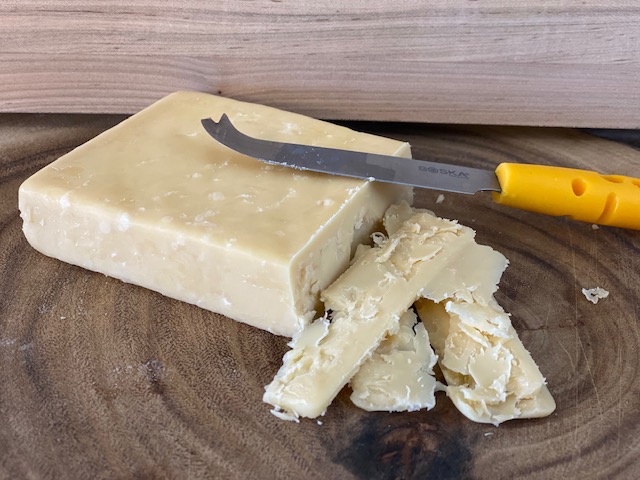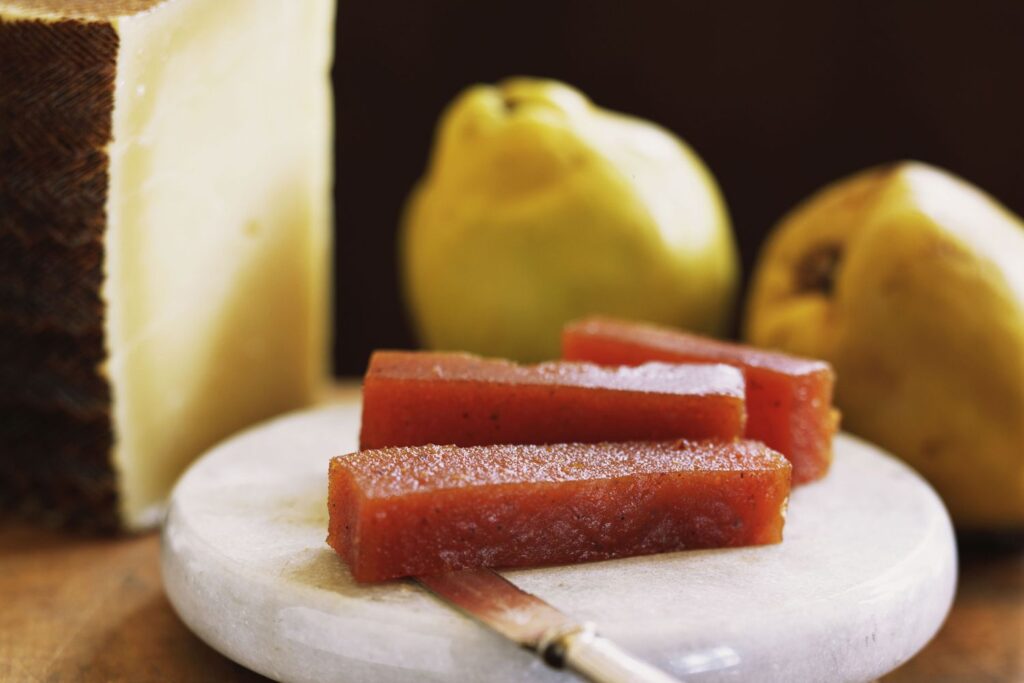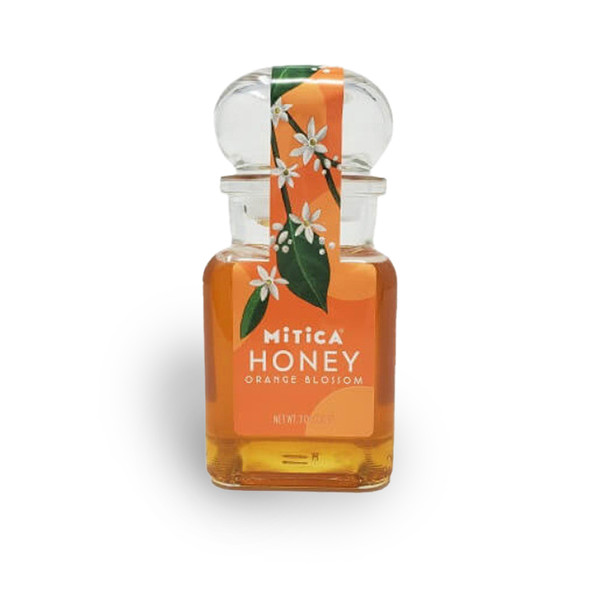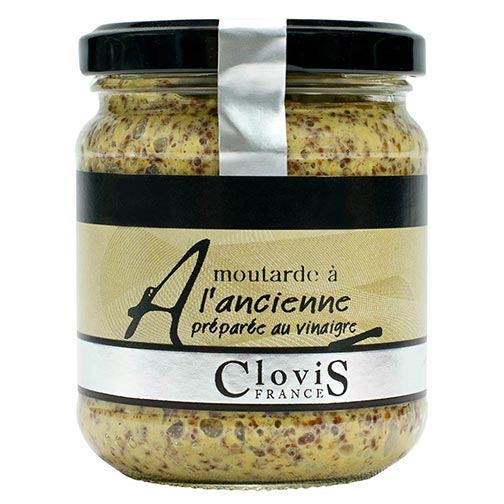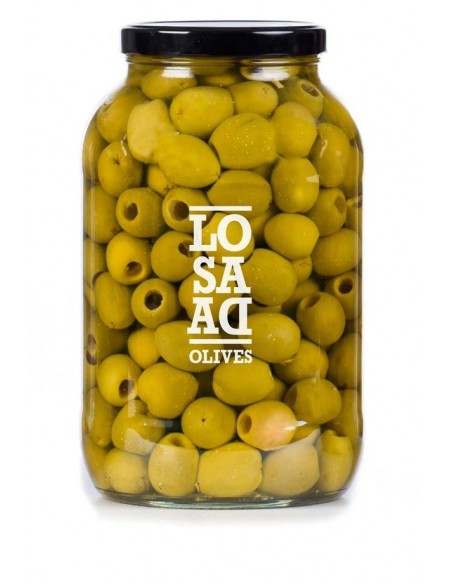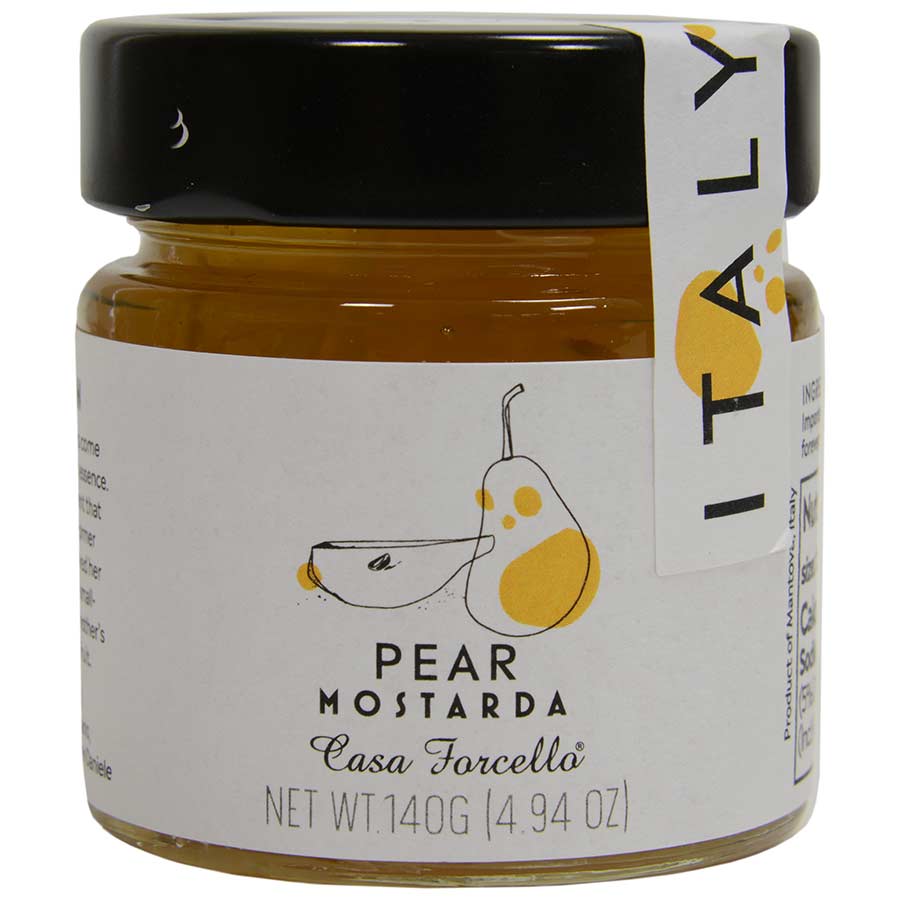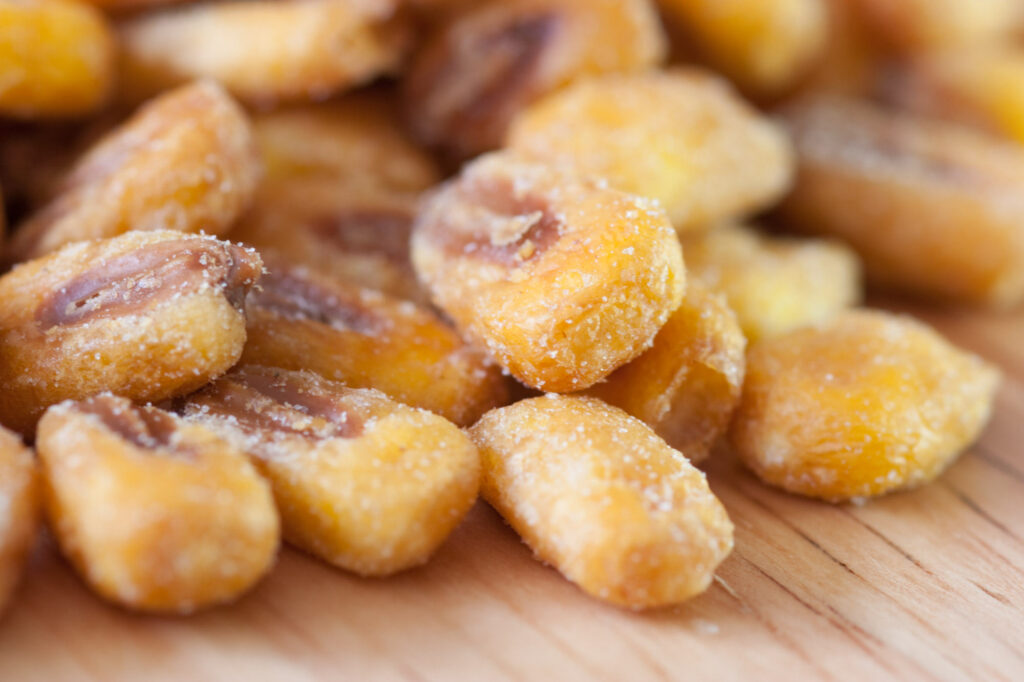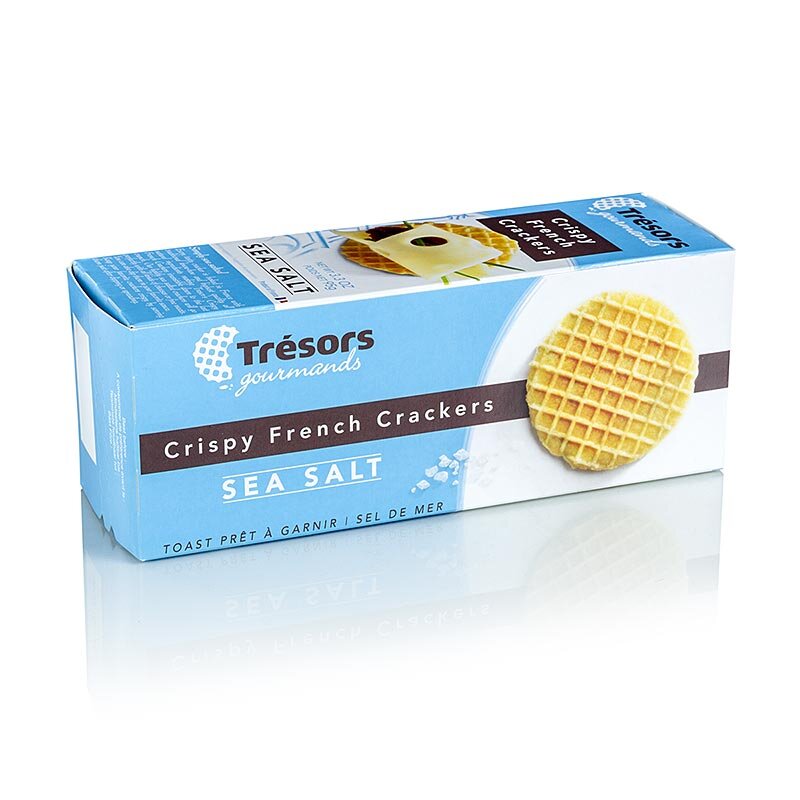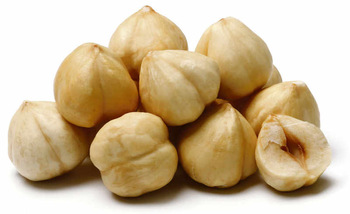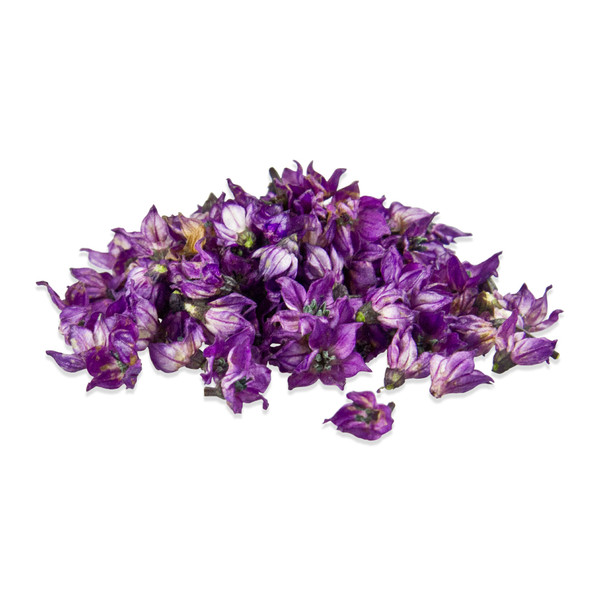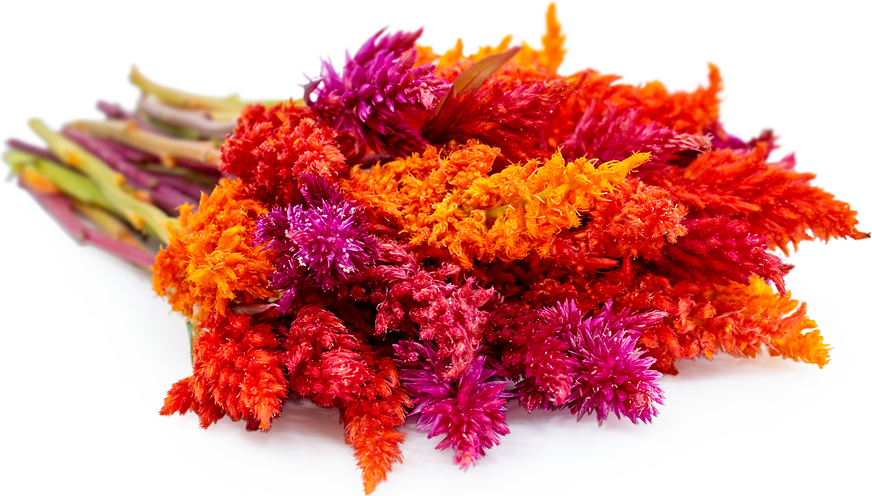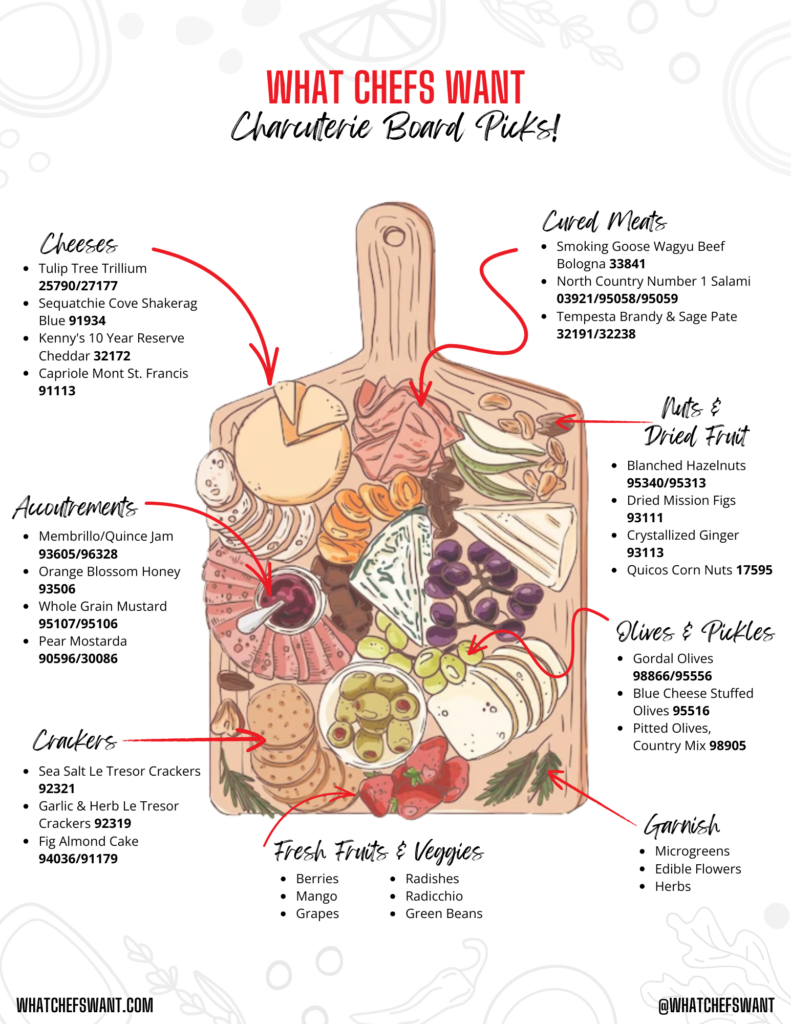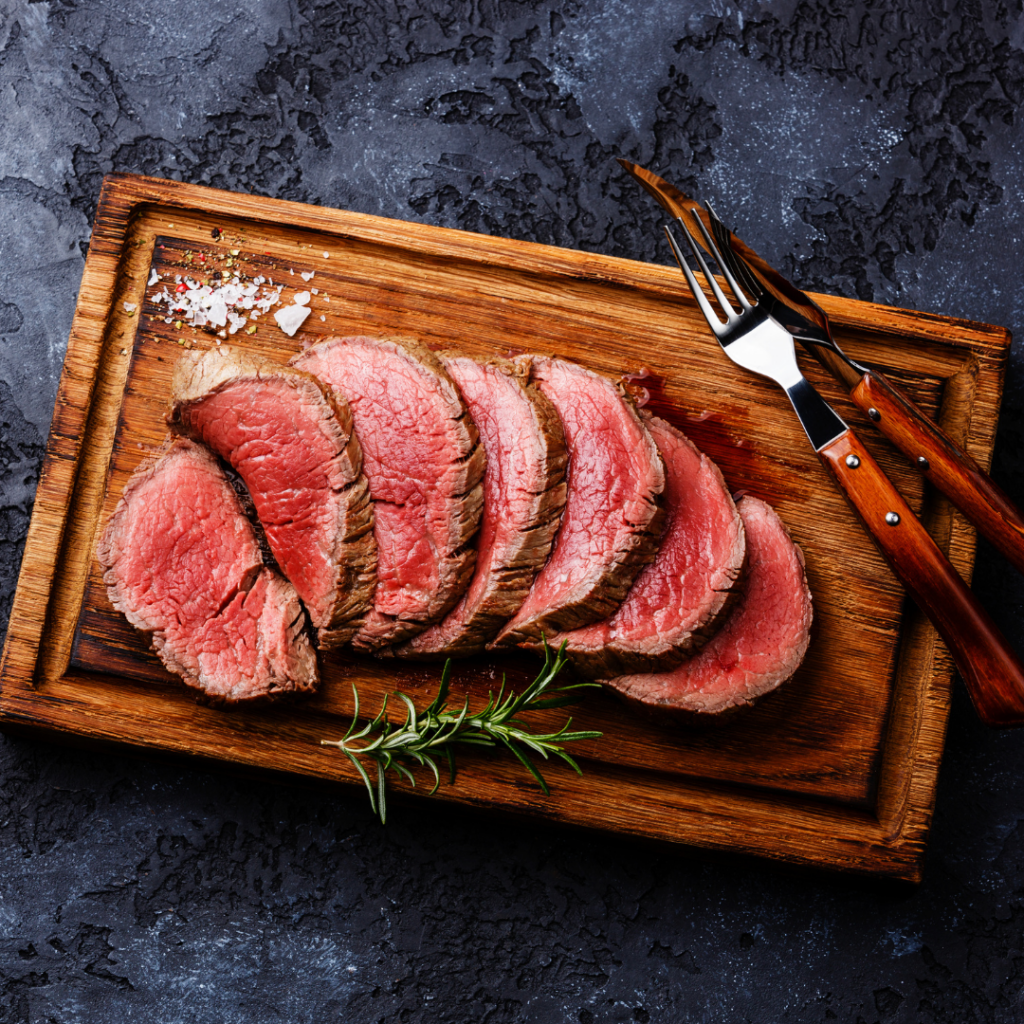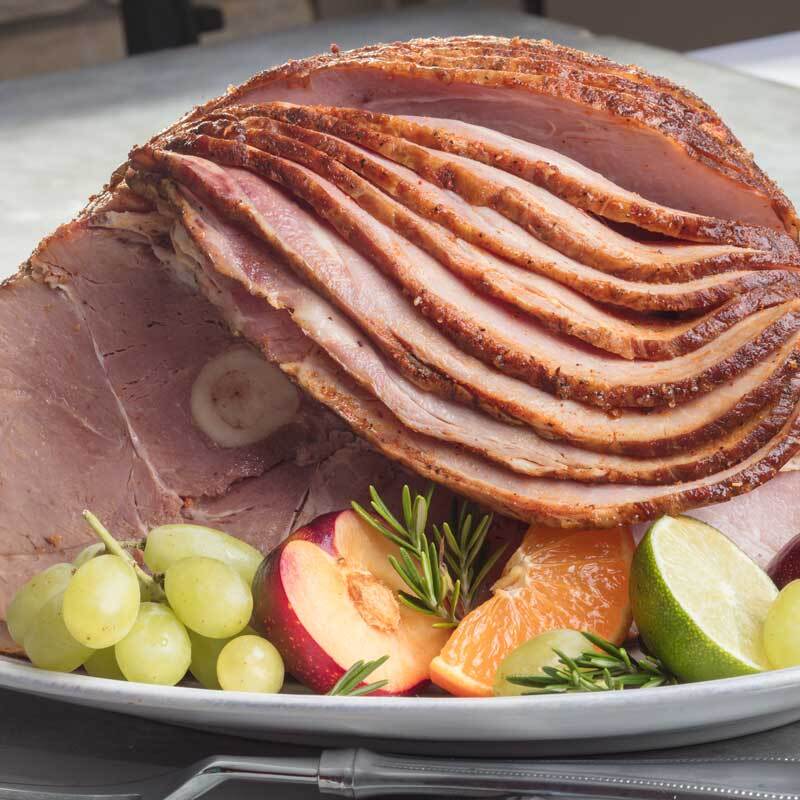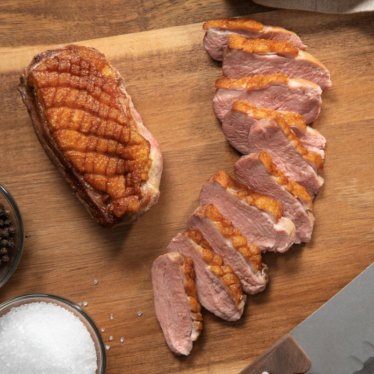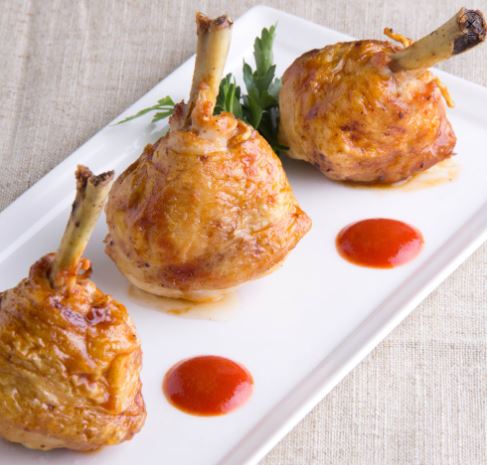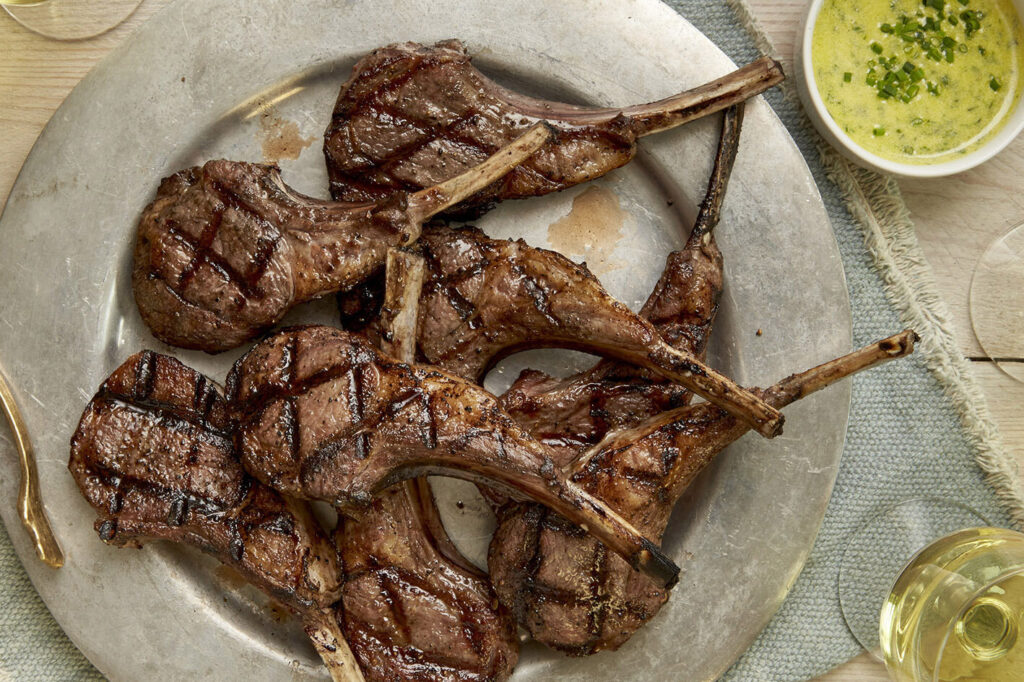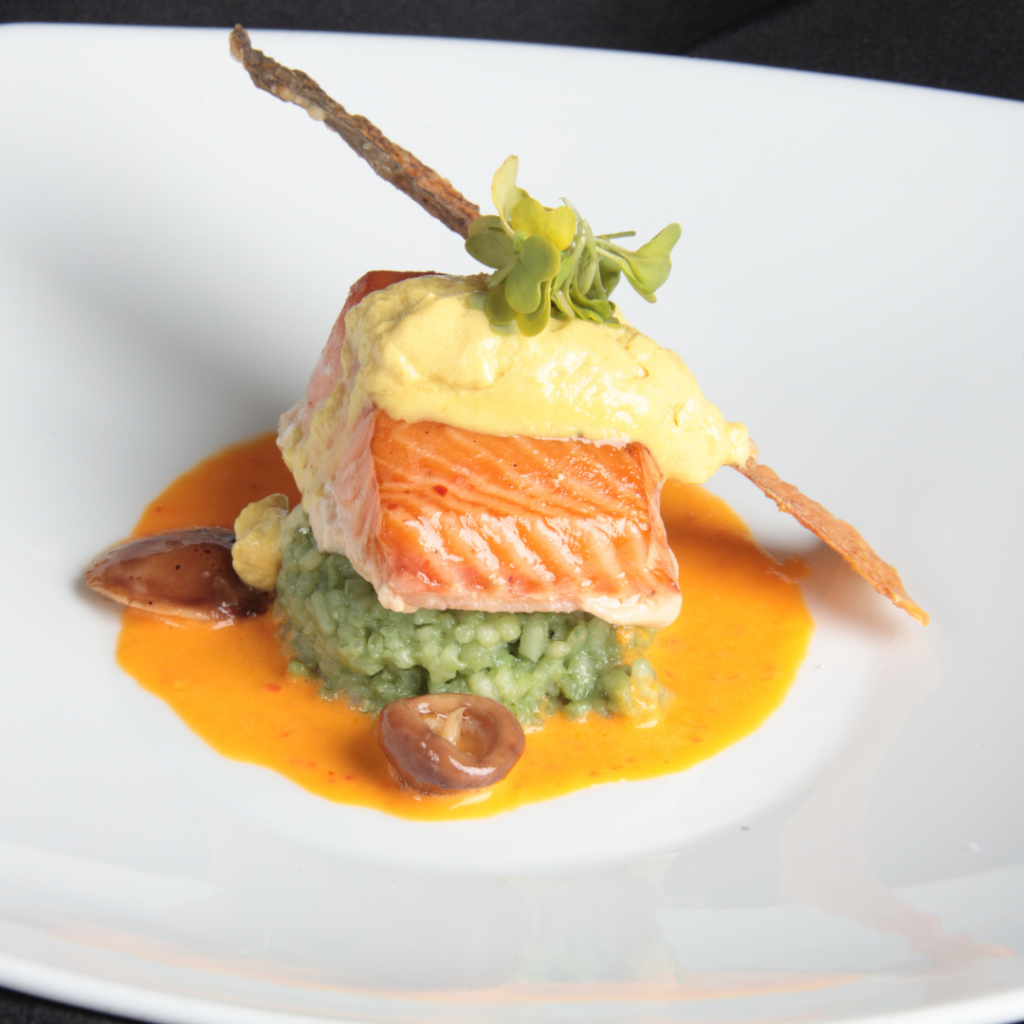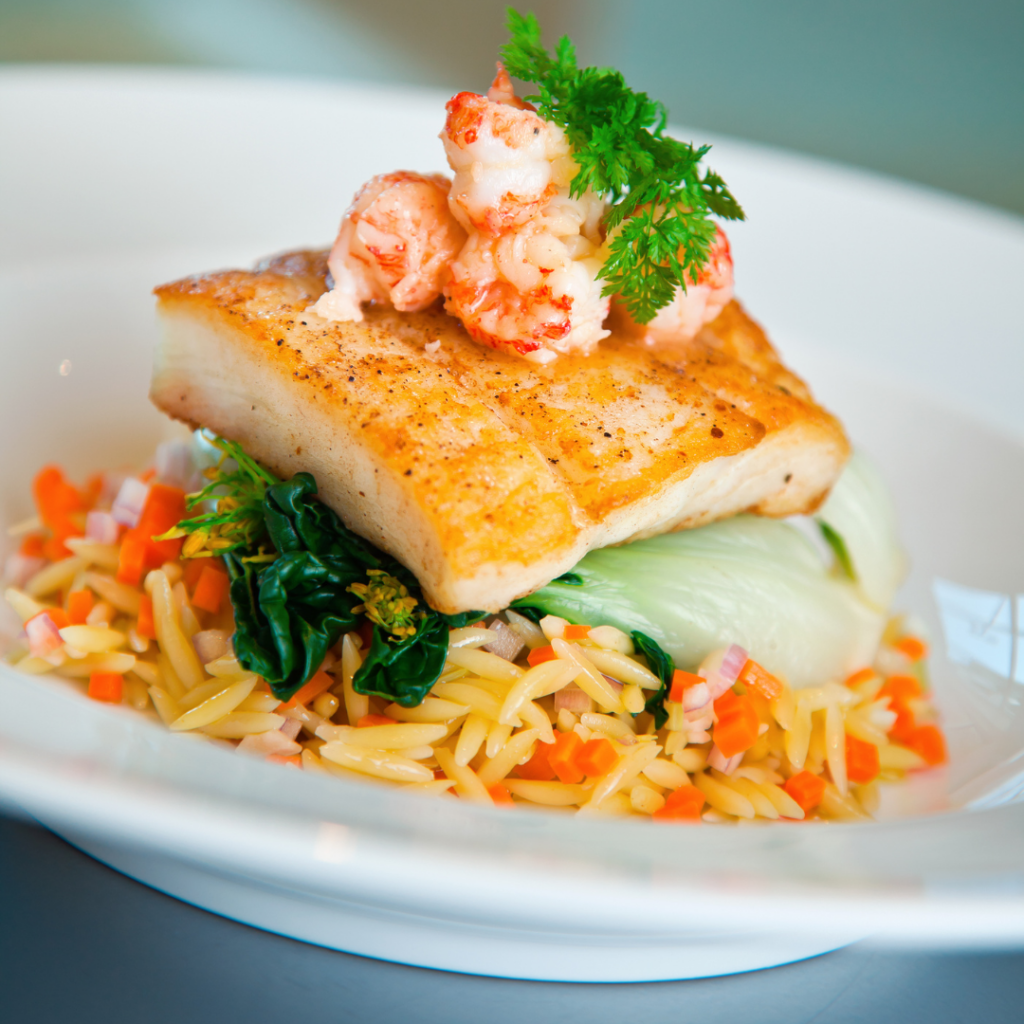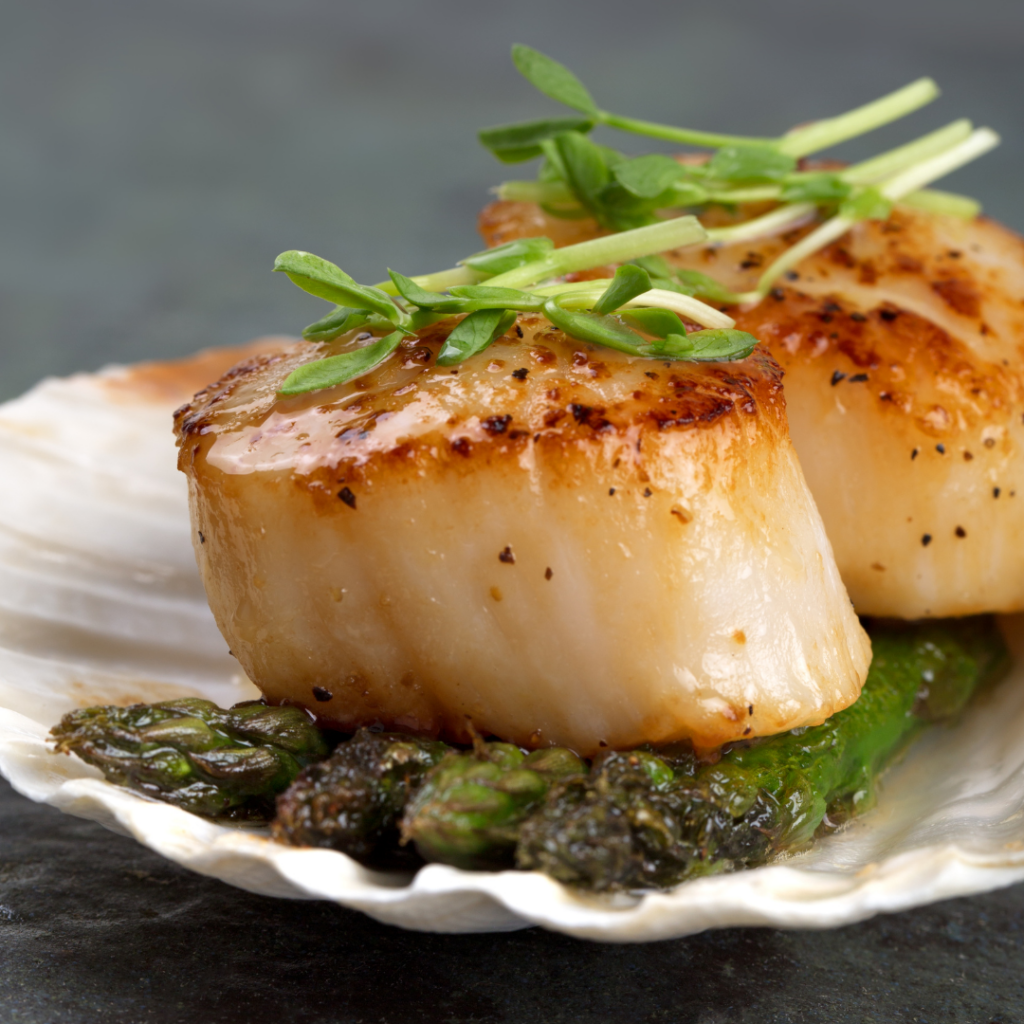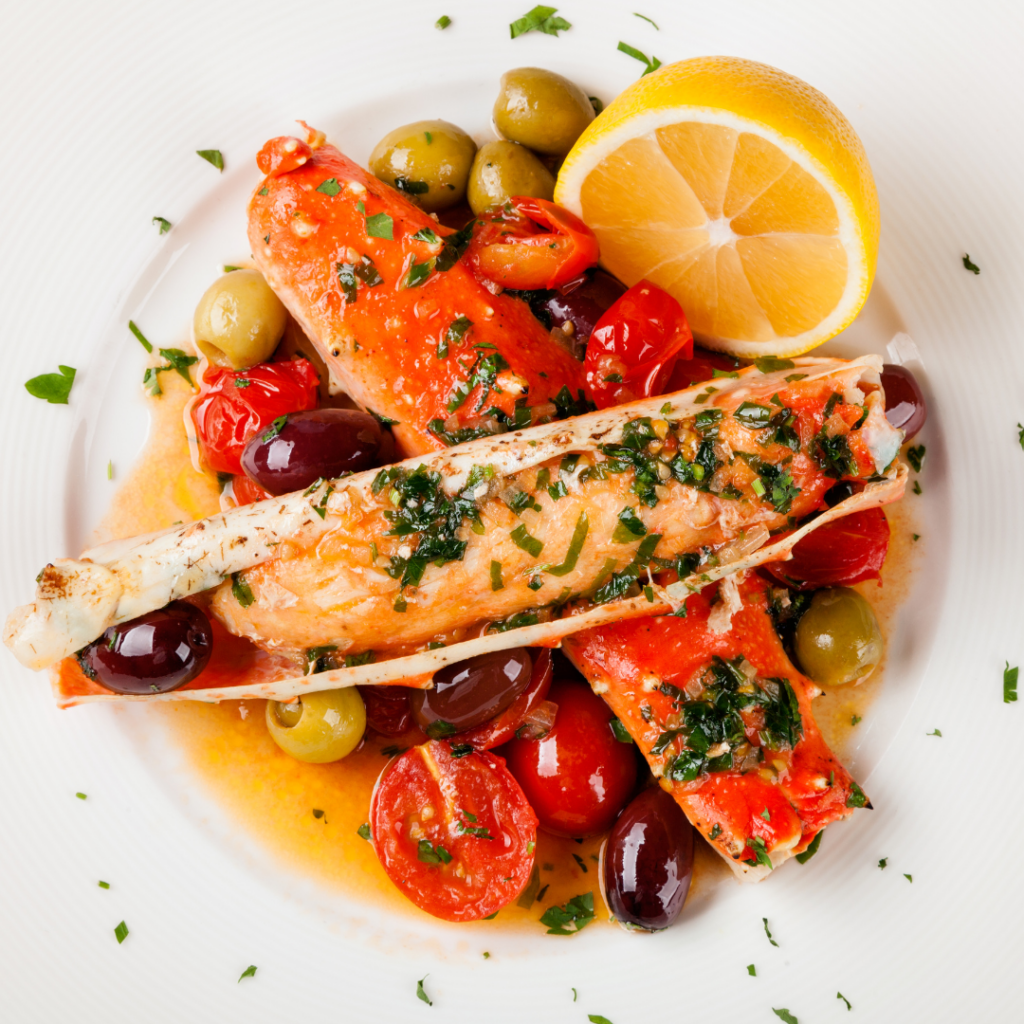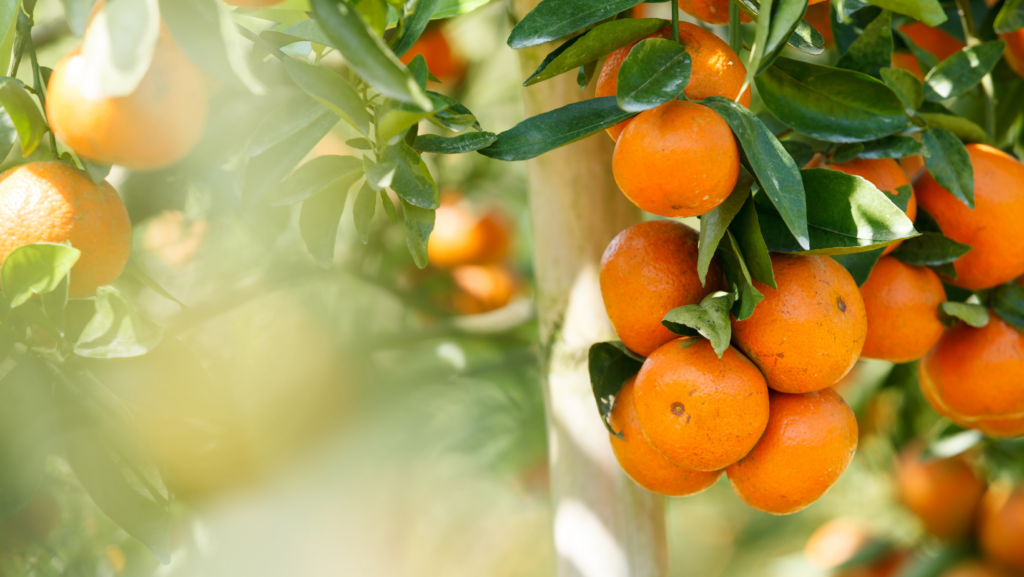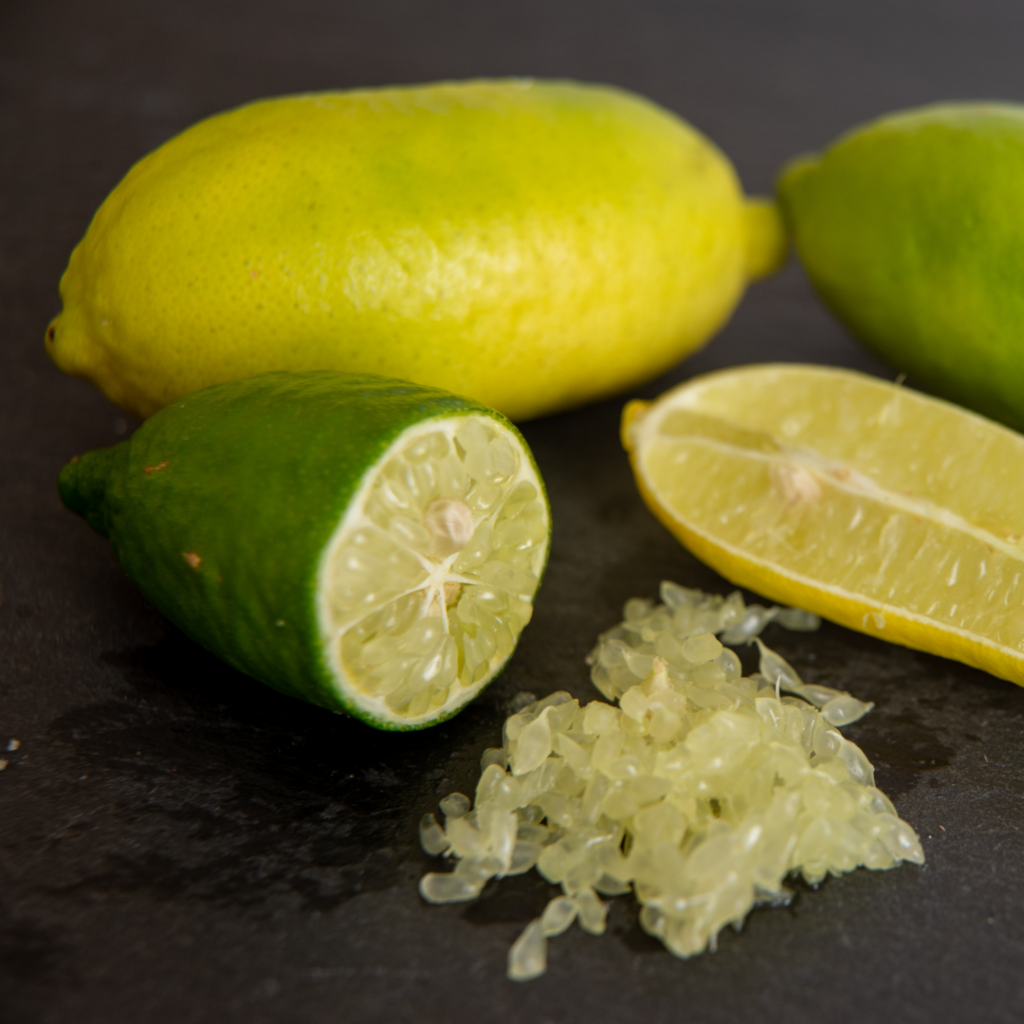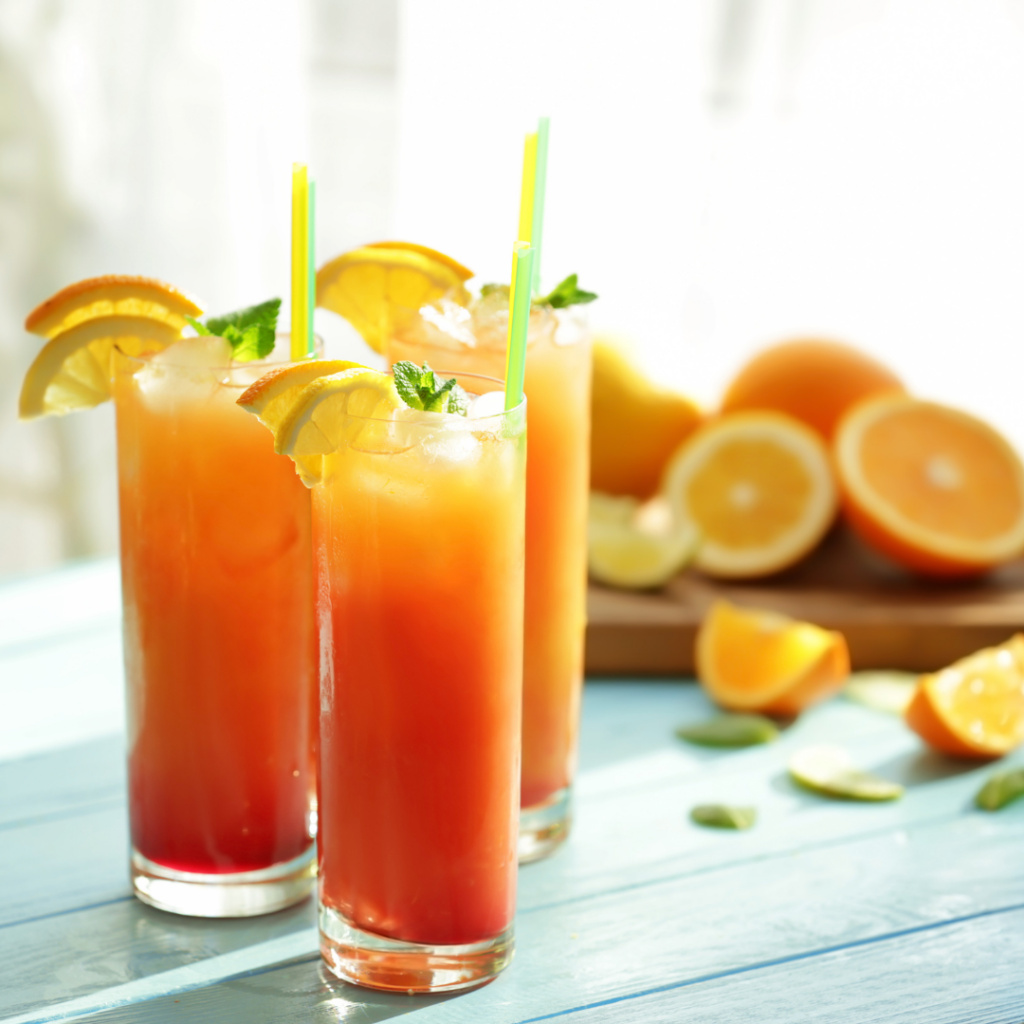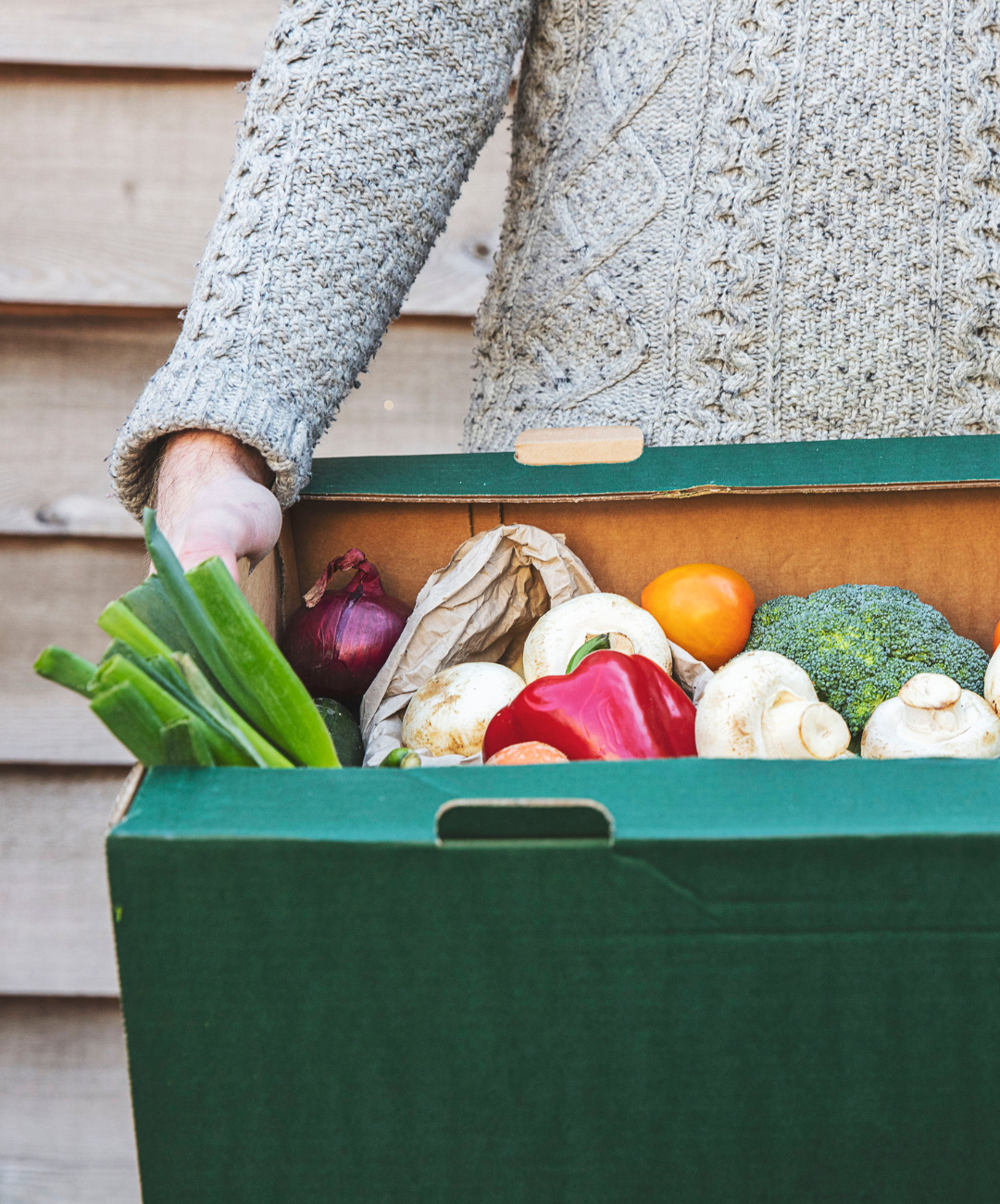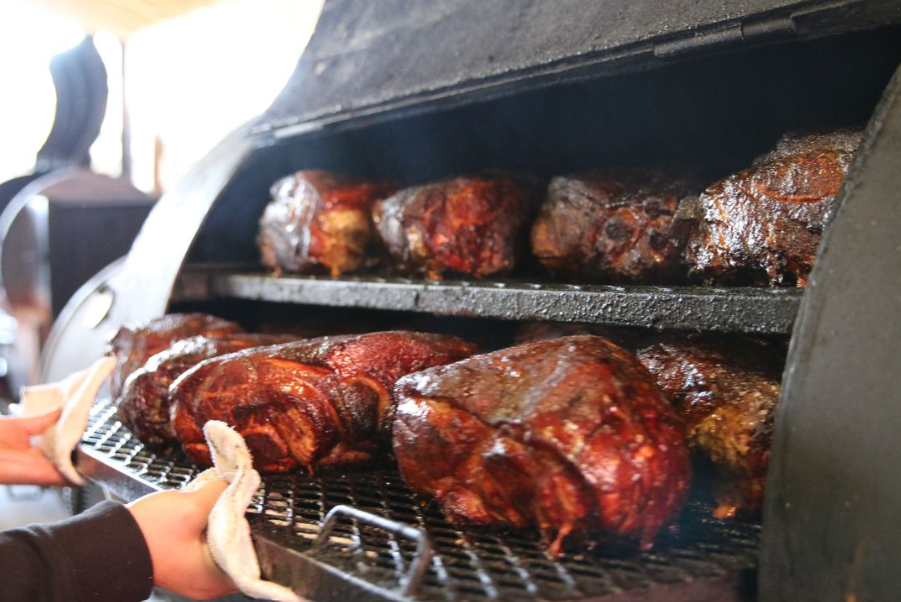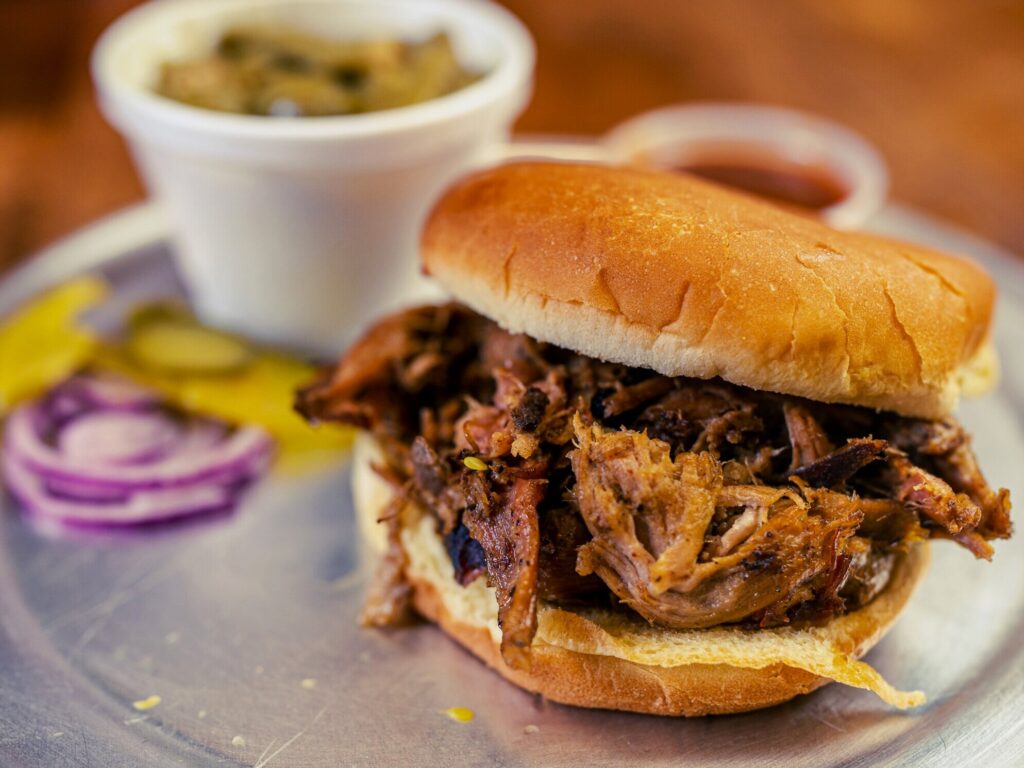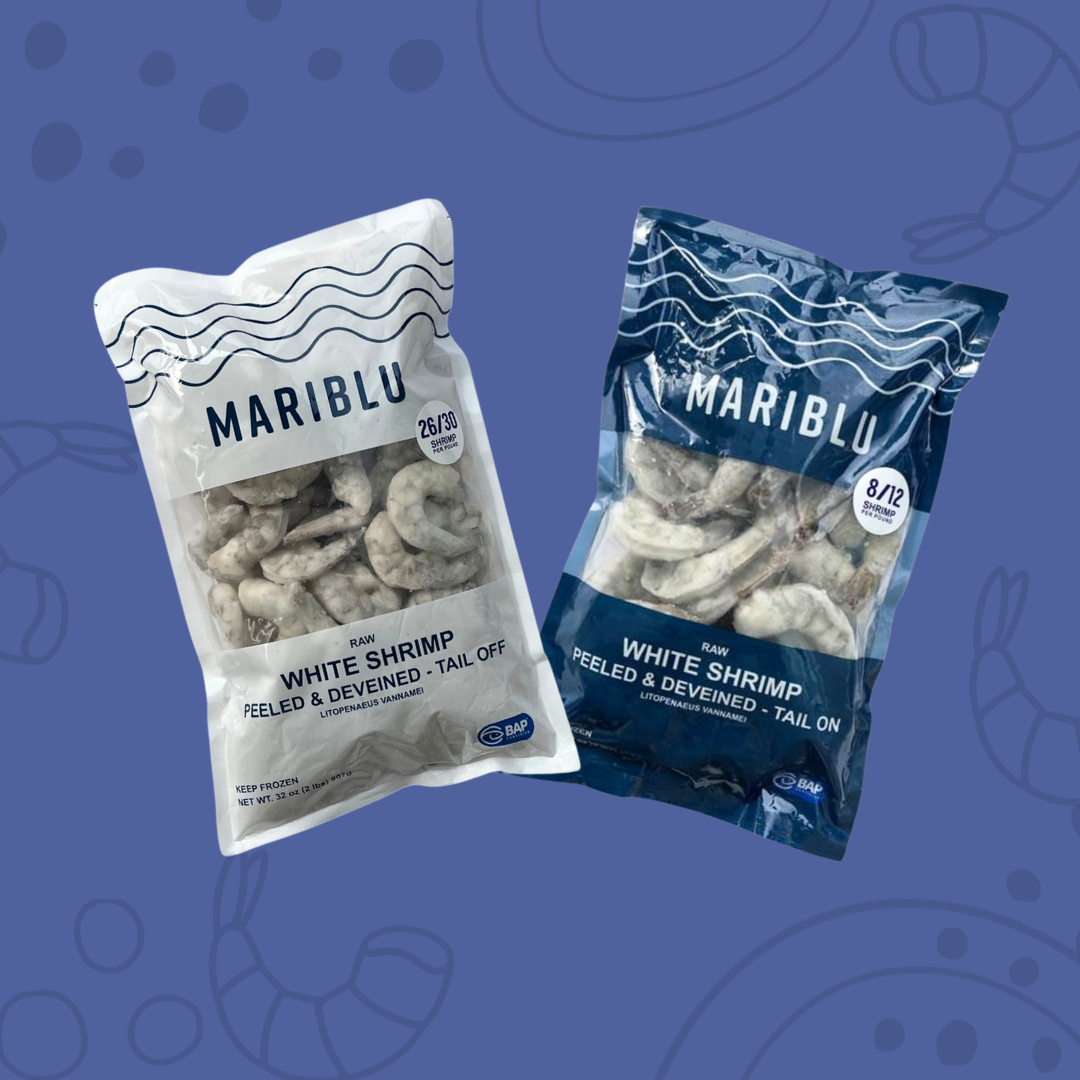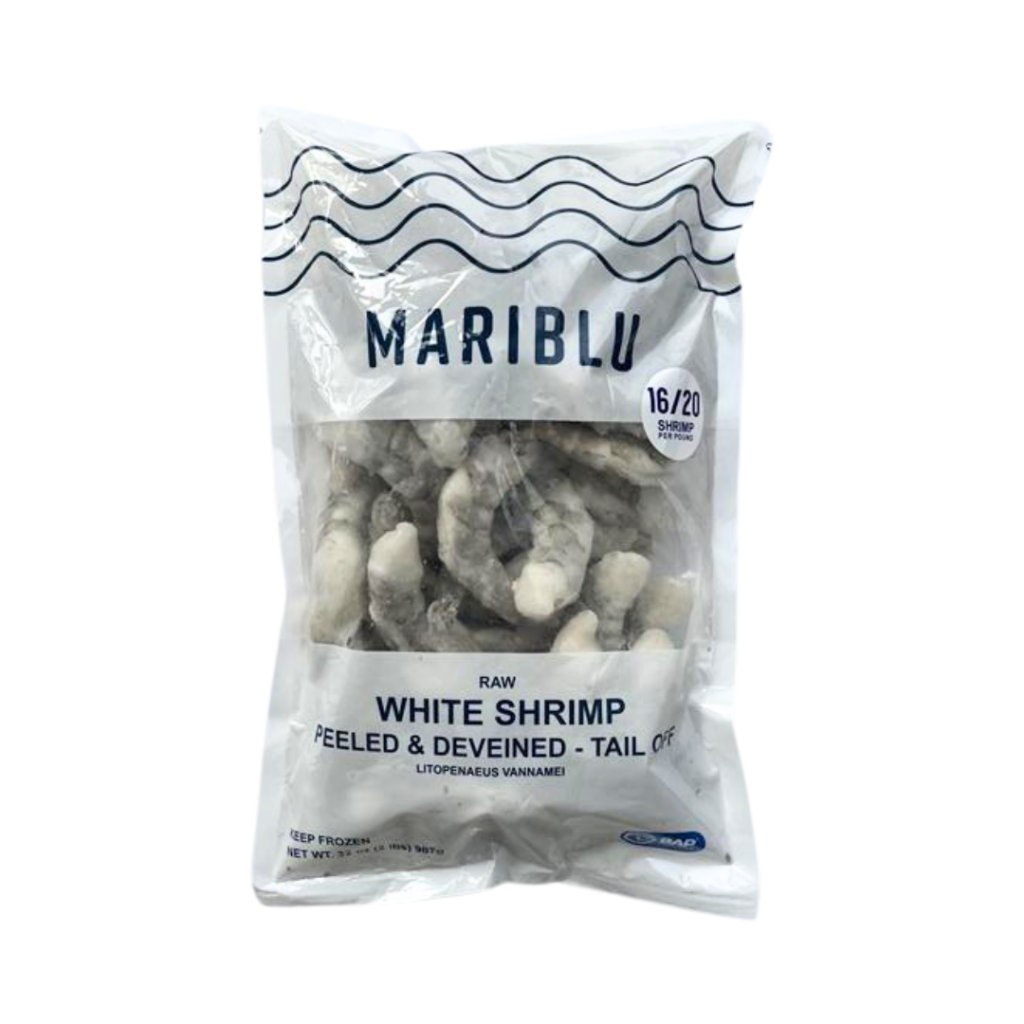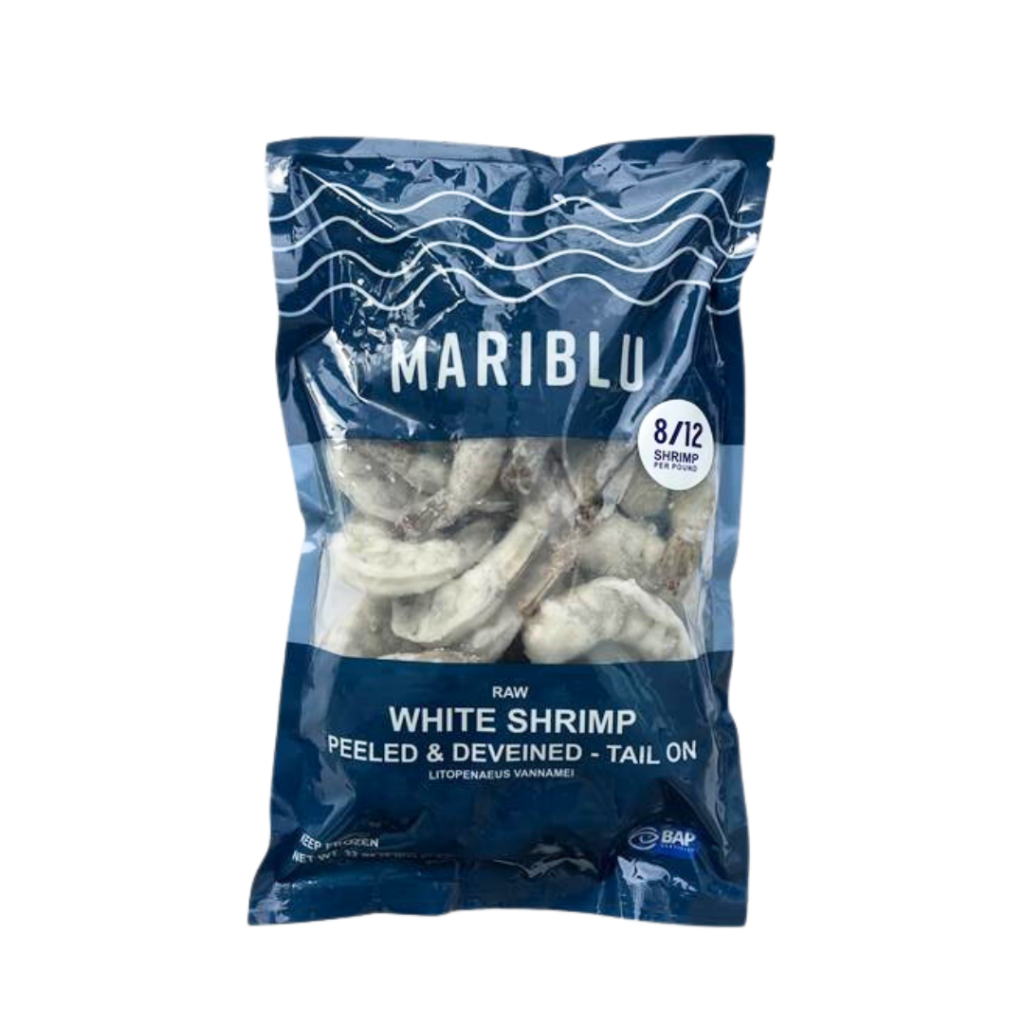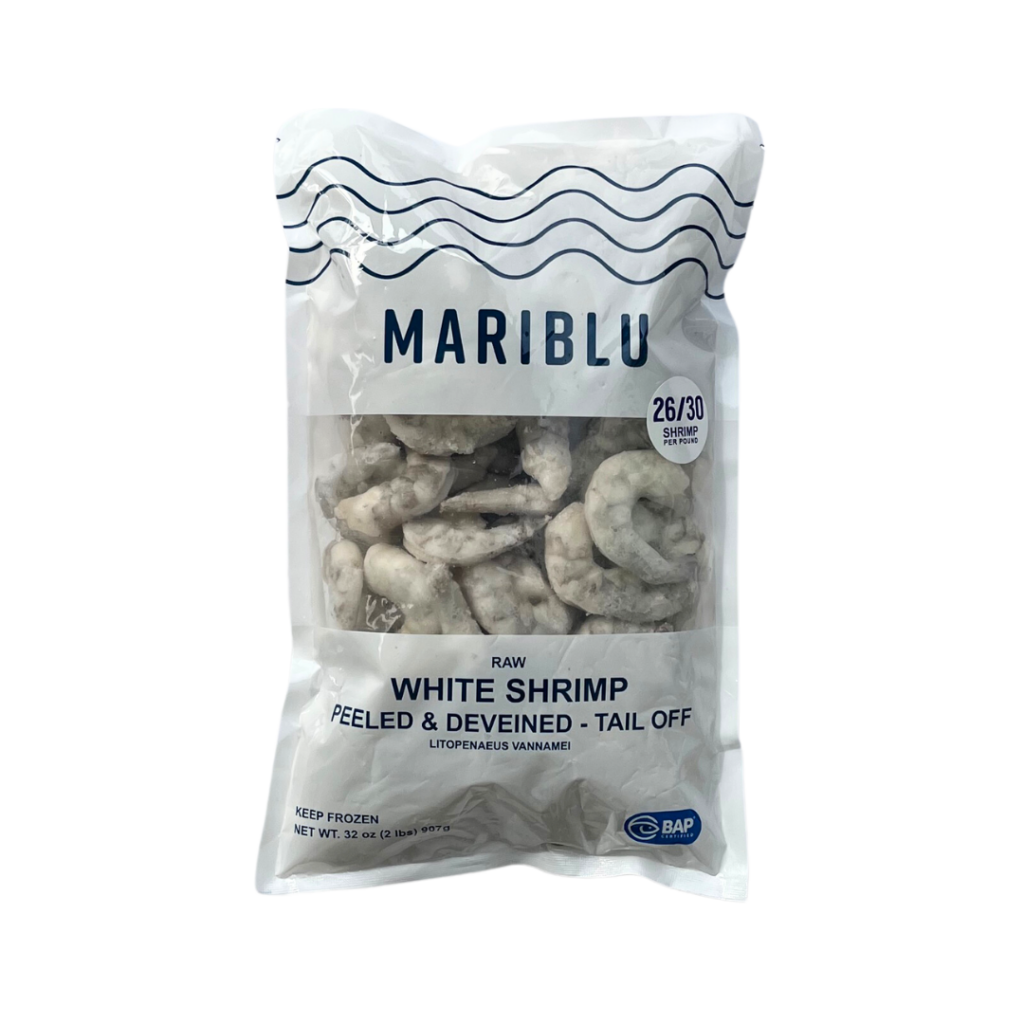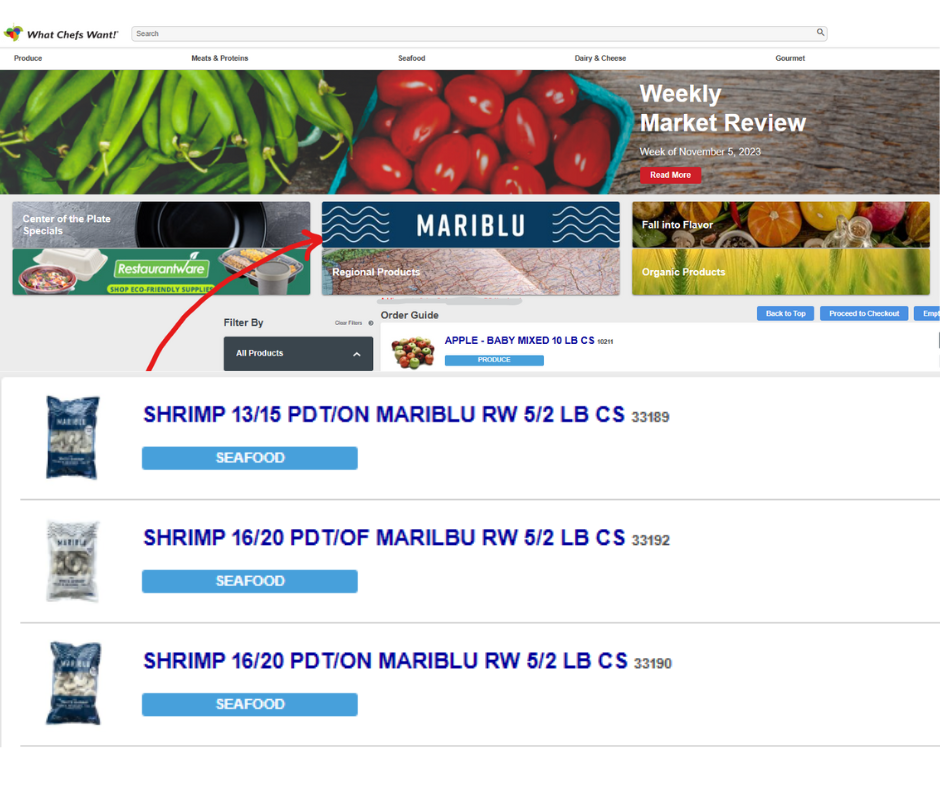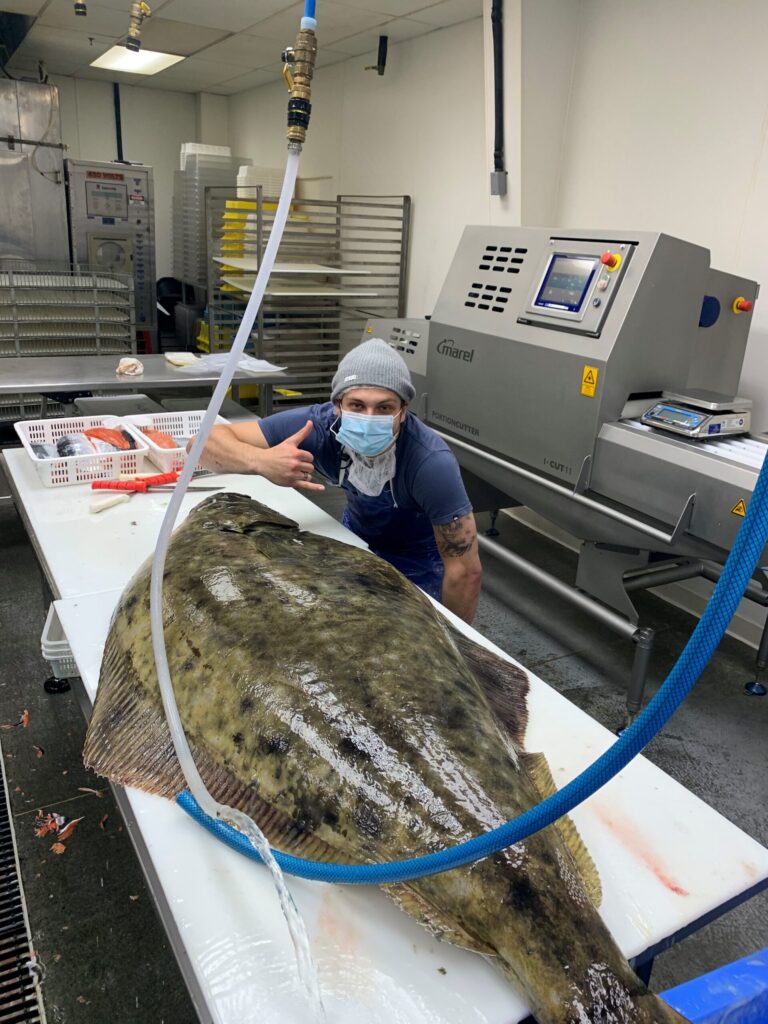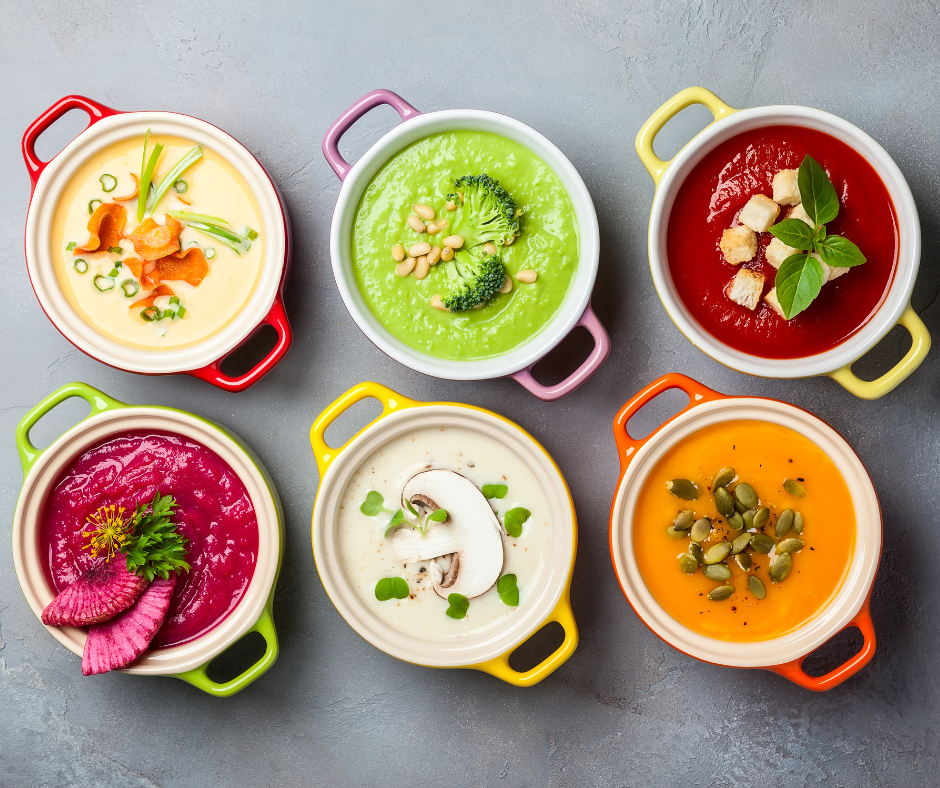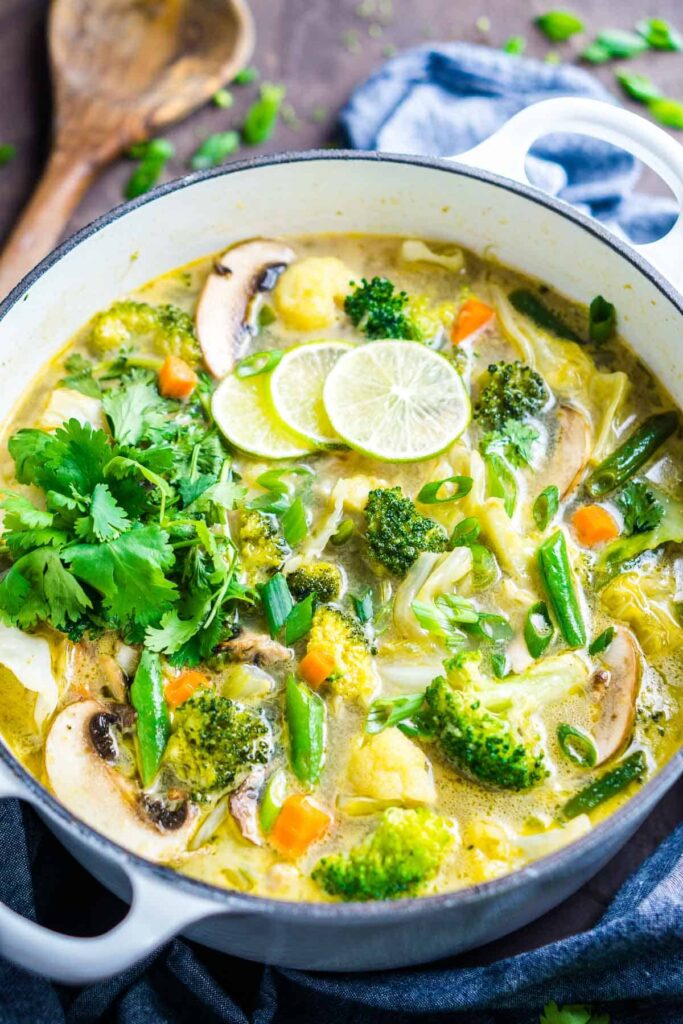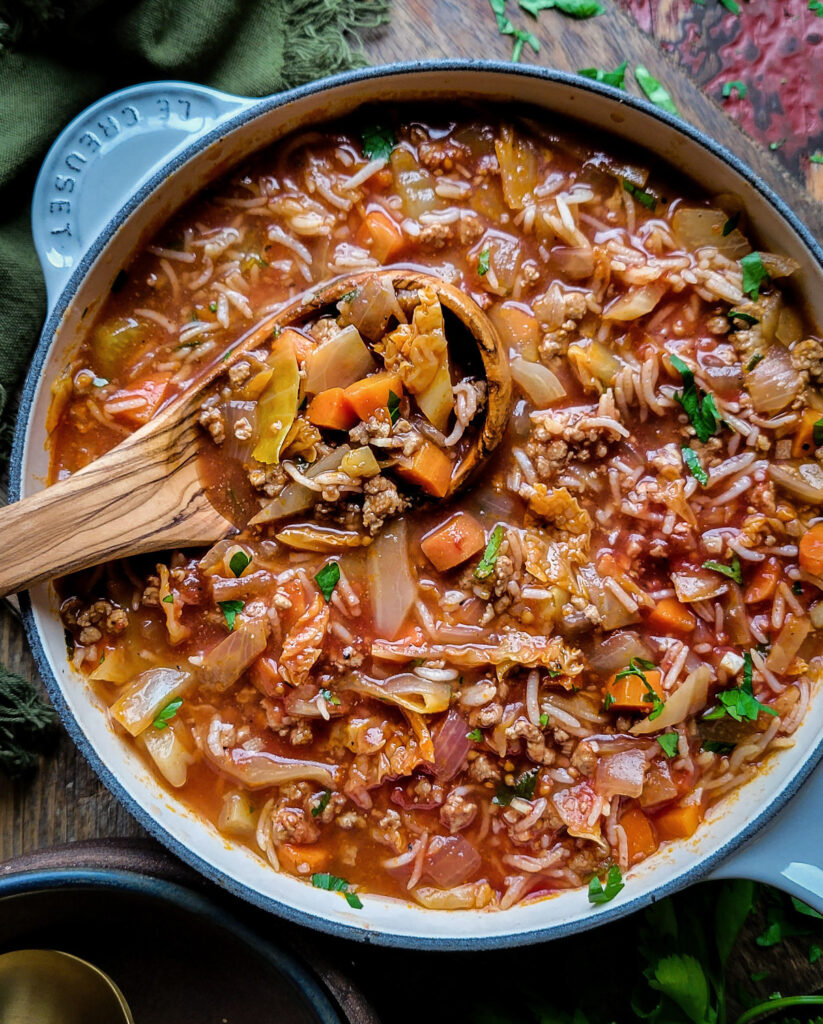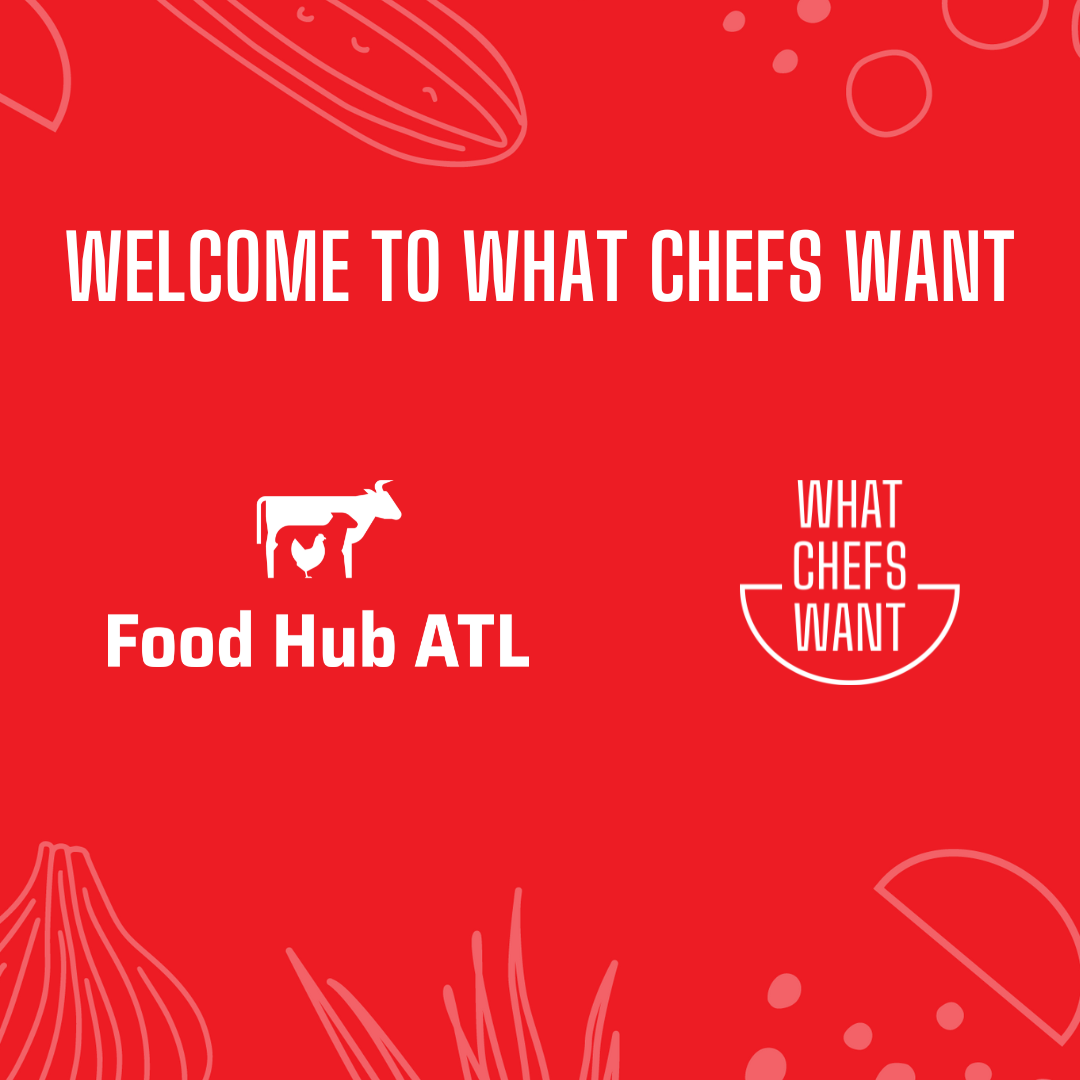
Top tips for bringing together a healthy menu to appeal to your more health-conscious patrons
In a world where health-conscious dining is on the rise, restaurants are faced with the challenge of catering to a more discerning audience. The demand for nutritious, sustainable, and plant-based options is growing rapidly. To stay ahead of the curve and satisfy health-conscious patrons, chefs can implement strategic changes to their menus. In this blog post, we’ll explore five top tips to help you create restaurant wins for health-conscious consumers.
Lean into Functional Foods
Functional foods add health benefits beyond basic nutritional benefits like protein and fiber.
As the spotlight on mental health intensifies, adaptogens are a sought-after class of ingredients that are believed to help the body resist and adapt to stressors. One such adaptogen that is trending is saffron (item #97219). Saffron, known for its mood-boosting properties, lends a touch of luxury and emotional well-being to dishes. Saffron is believed to alter the concentrations of neurotransmitters like dopamine, norepinephrine, and serotonin in the brain.
Prebiotics like buckwheat are non-digestible fibers or compounds found in certain foods that promote the activity and growth of beneficial bacteria (probiotics) in the gastrointestinal tract. Buckwheat (item #21111) is a gluten-free, nutrient-rich prebiotic food that is a good source of nutrients such as fiber, protein, magnesium, manganese, and antioxidants.
Probiotics like sauerkraut (like the Pickled Pig dill kraut – item #266752) and kimchi (like Napa kimchee item #26574) have beneficial bacteria that promote a healthy balance of microorganisms in the digestive system.

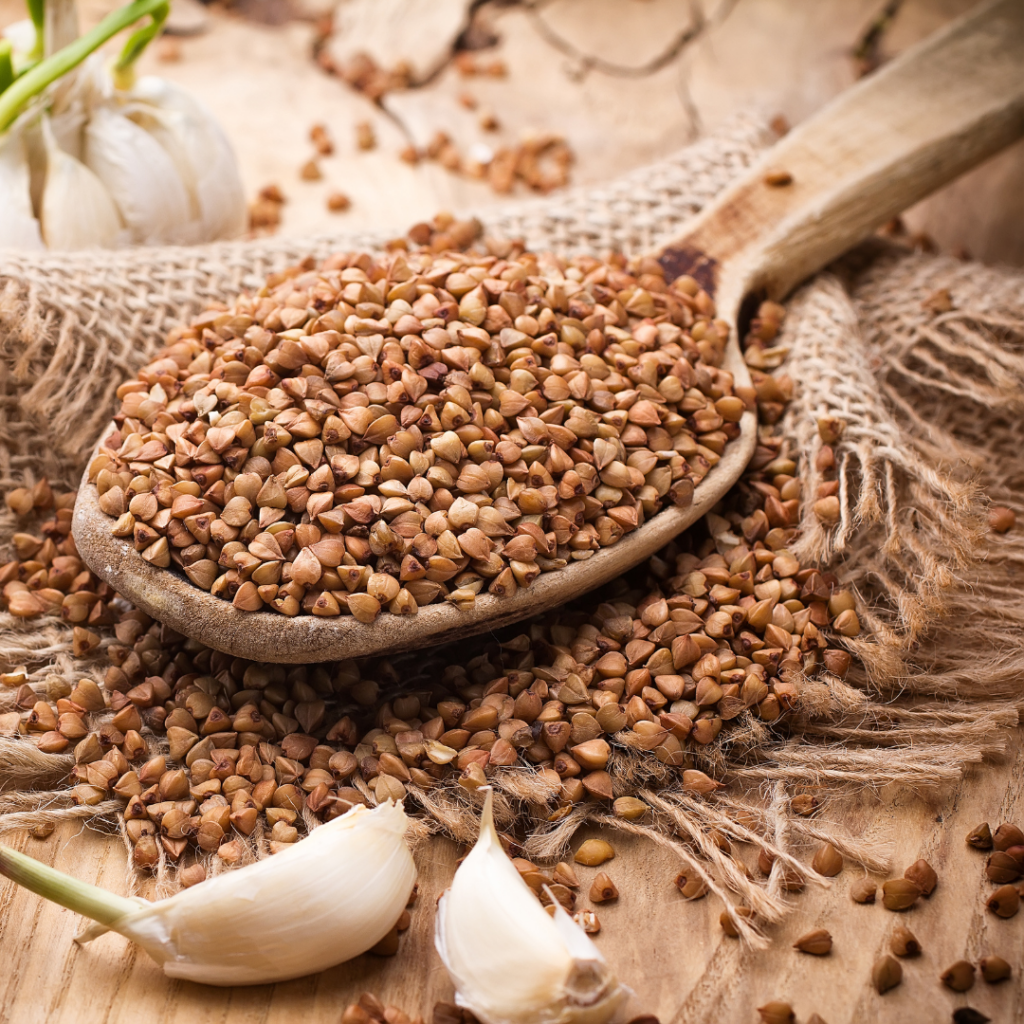
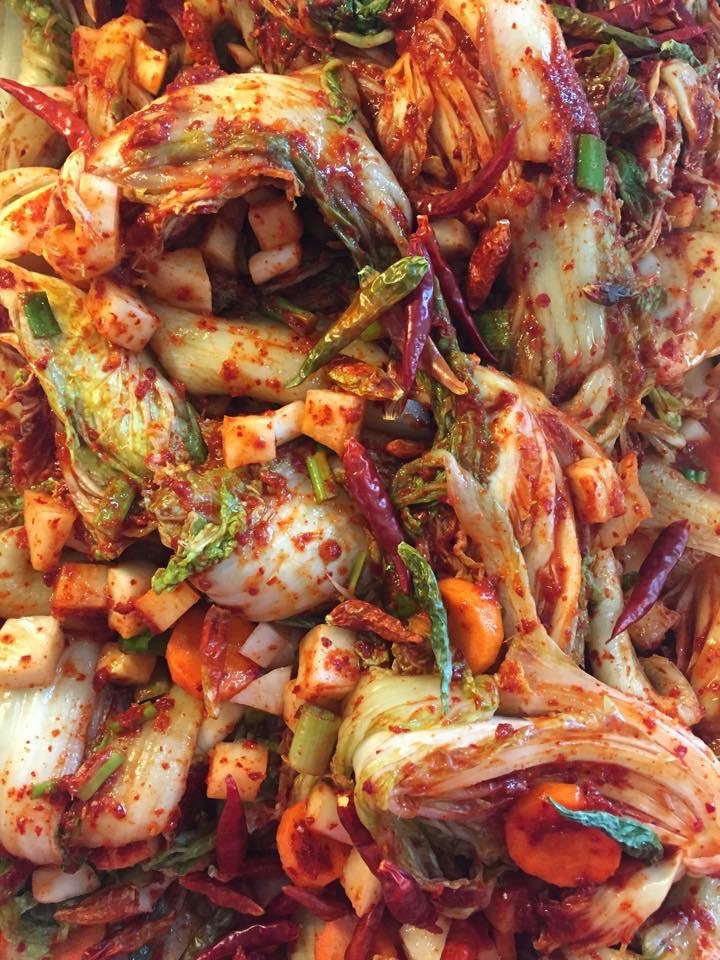
Offer more plant-based entrees
As the demand for plant-based options continues to rise, consider expanding your menu to include more plant-based entrees, and we aren’t just talking salad here. Highlighting produce items as main attractions can be a game-changer. Create vegetable-based dishes and a variety of plant-powered choices will not only attract health-conscious customers but also contribute to the overall sustainability of your menu. For a hearty and satisfying option, consider the robust and savory Portabella mushrooms (item #30025, #30008 or #30030), perfect for grilling or roasting as a centerpiece in a plant-based dish. Jackfruit (item #90141) is also incredibly popular as a meat substitute in savory dishes like curries, stews, tacos, and sandwiches. Its ability to absorb flavors makes it a versatile ingredient in plant-based cooking.
Consider incorporating trendy and nutrient-dense ingredients like quinoa (item #19976), lentils (item #93806), and plant-based proteins to add depth and satisfaction to your plant-based offerings. Emphasizing the health benefits of these ingredients in your menu descriptions can resonate with health-conscious consumers, encouraging them to make nutritious choices when dining out.
Plant-based proteins with options like tofu (item #80024) and tempeh (item #99682) are also great additions. These protein-packed alternatives not only provide a substantial base for various dishes but also absorb the flavors of accompanying ingredients, making them ideal for creating diverse and delicious plant-based entrees.
To cater to those looking for a meaty experience without the animal products, consider incorporating Impossible Meats. This innovative plant-based meat substitute mirrors the taste and texture of traditional meat, providing a familiar yet entirely plant-based option for your health-conscious patrons. You can find Impossible Ground Pork (item #26939) or Impossible Ground Beef (item #03198).
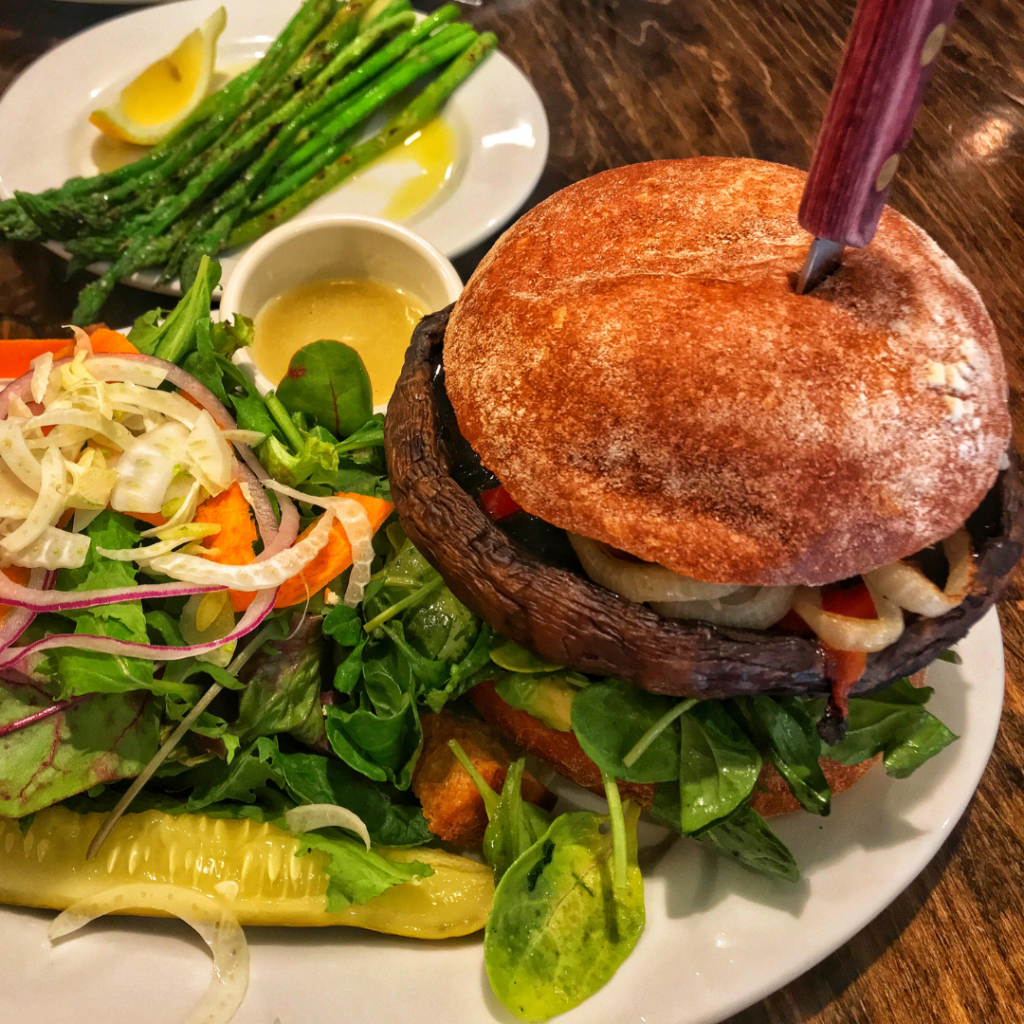
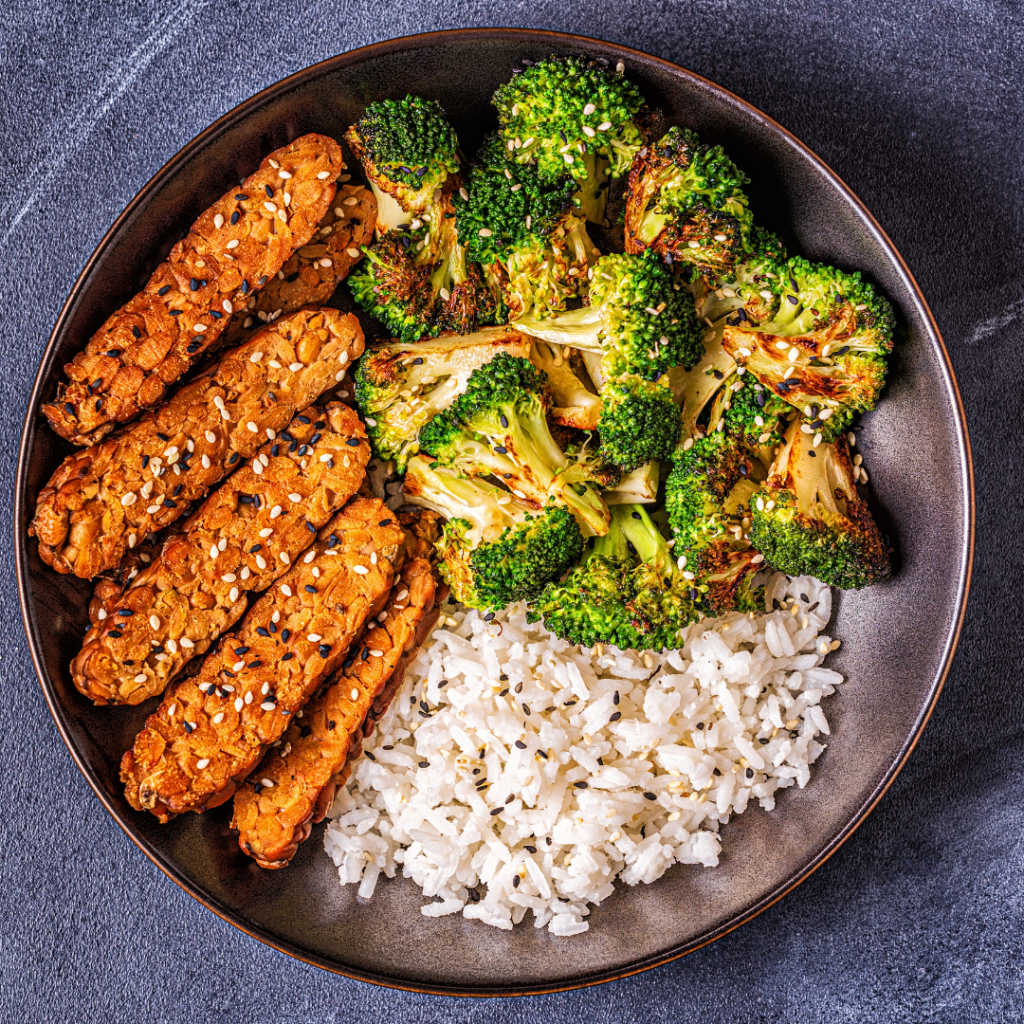
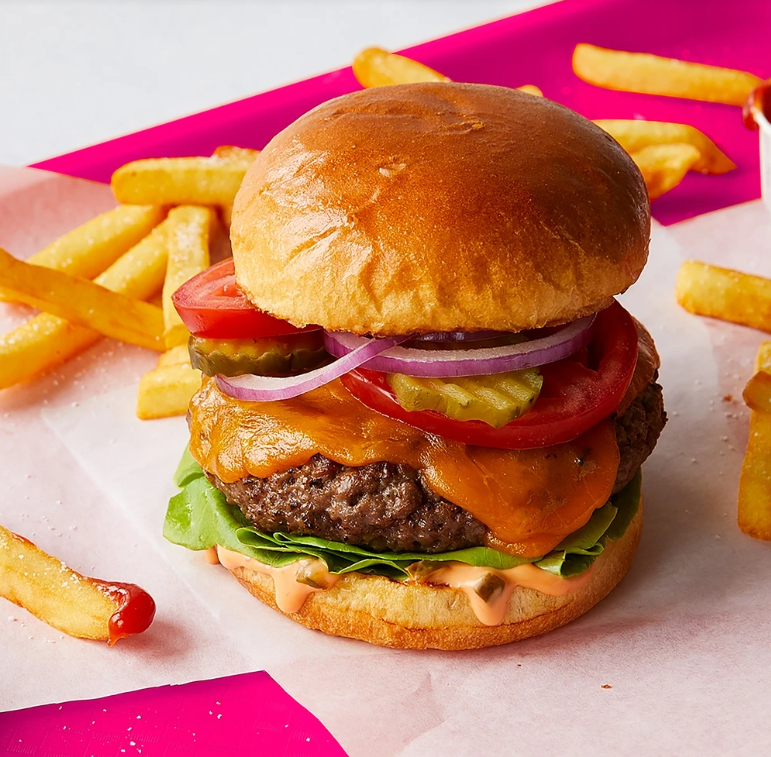
Offer healthy drinks & mocktails
Extend your commitment to health-conscious dining beyond the food menu by introducing healthy drinks and mocktails. Incorporate trendy options like kombucha, known for its probiotic benefits. Craft refreshing mocktails using fresh ingredients, herbs, and spices to provide a non-alcoholic alternative that complements your menu.
If you are looking for a great Kombucha to add to your lineup you can try Elixir (search Elixir in the app), with flavors like Blueberry Pomegranate, Harvest Cider, Lavender Lemonade, Pineapple Ginger and Raspberry Limeade if you are in the Midwest/central region. Or try Rowdy Mermaid (search Rowdy Mermaid in the app) if you are in our Colorado region, in flavors like Strawberry Tonic, Watermelon Bloom, Hello Ginger or Savory Peach.
Collagen is still having its moment right now as well. Collagen is often associated with its potential to promote skin health, joint health, and overall well-being. Circle is a sparkling collagen water focused on making healthier options accessible, enjoyable and affordable. Circle comes in flavors like Raspberry Hibiscus (item #22710), Lemon Mint (item #22711), Vanilla Pear (item #22712) and Watermelon Thyme (item #22713).
Use our Natalies juices or our variety of purees to craft creative and healthy alternatives to alcoholic cocktails and garnish them with something from our huge variety of edible micro flowers.
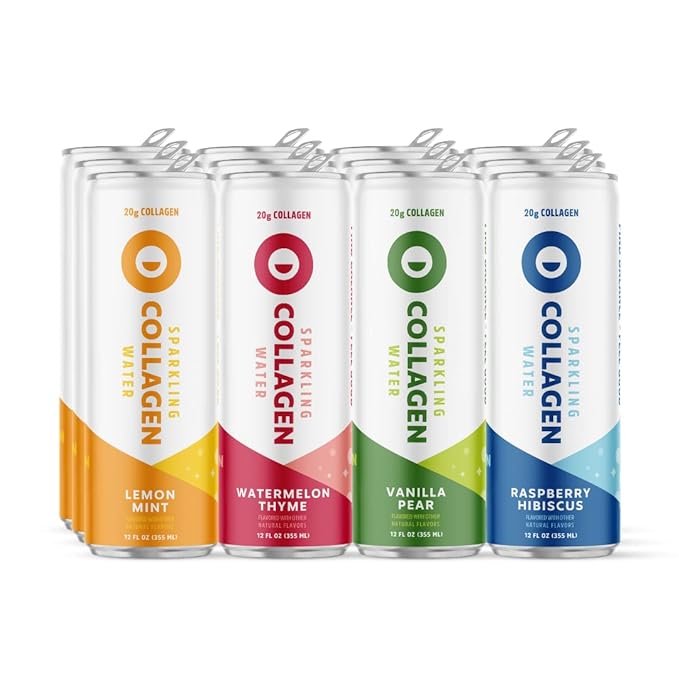
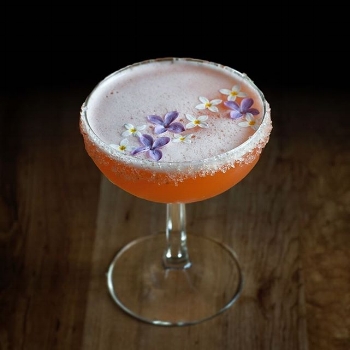
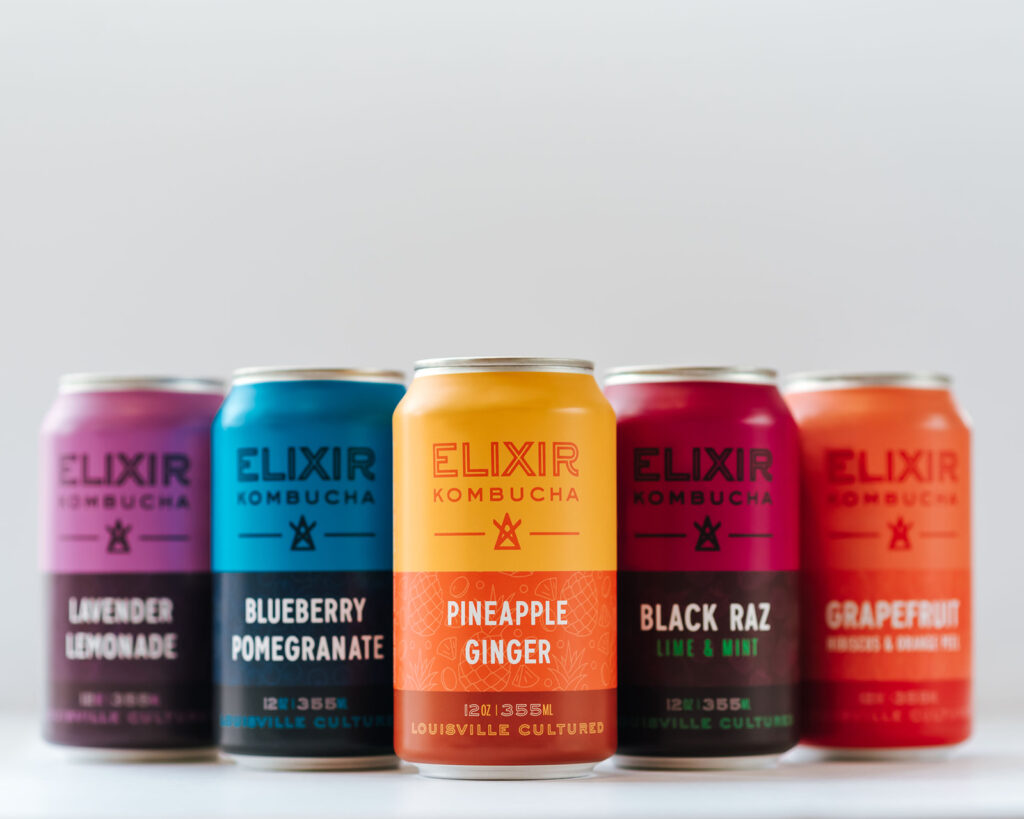
Showcase sustainable & healthy seafood
Highlighting sustainable seafood serves as an opportunity to educate consumers about making ethical choices in seafood consumption. Collaborate with trusted suppliers adhering to sustainable practices to build transparency and trust with your health-conscious clientele. Sustainable seafood not only offers ecological benefits but is also rich in omega-3 fatty acids, providing a nutrient-dense and heart-healthy dining option. Consider featuring seasonal and local seafood options to emphasize freshness and reduce the carbon footprint. By showcasing sustainable seafood, you contribute to your customers’ well-being and play a role in preserving the delicate balance of our oceans for future generations.
Mariblu shrimp holds a prestigious 4-star BAP (Best Aquaculture Practices) certification, which is a testament to our unwavering commitment to responsible and sustainable aquaculture practices. This 100% phosphate-free shrimp comes in a large variety of sizes to fit your menu needs. You can find our Mariblu shrimp options by searching Mariblu on our ordering app or site.
Laguna Blanca Salmon is another wonderful healthy option. This antibiotic-free salmon stands out for its eco-friendliness, produced with notably less impact on the wild fish population, and is BAP and ASC certified. The Laguna Blanca salmon is raised on an algae diet which ensures it is a rich source of omega-3s, making it not only delicious but also healthy. You can find these options on our site by searching Laguna Blanca.
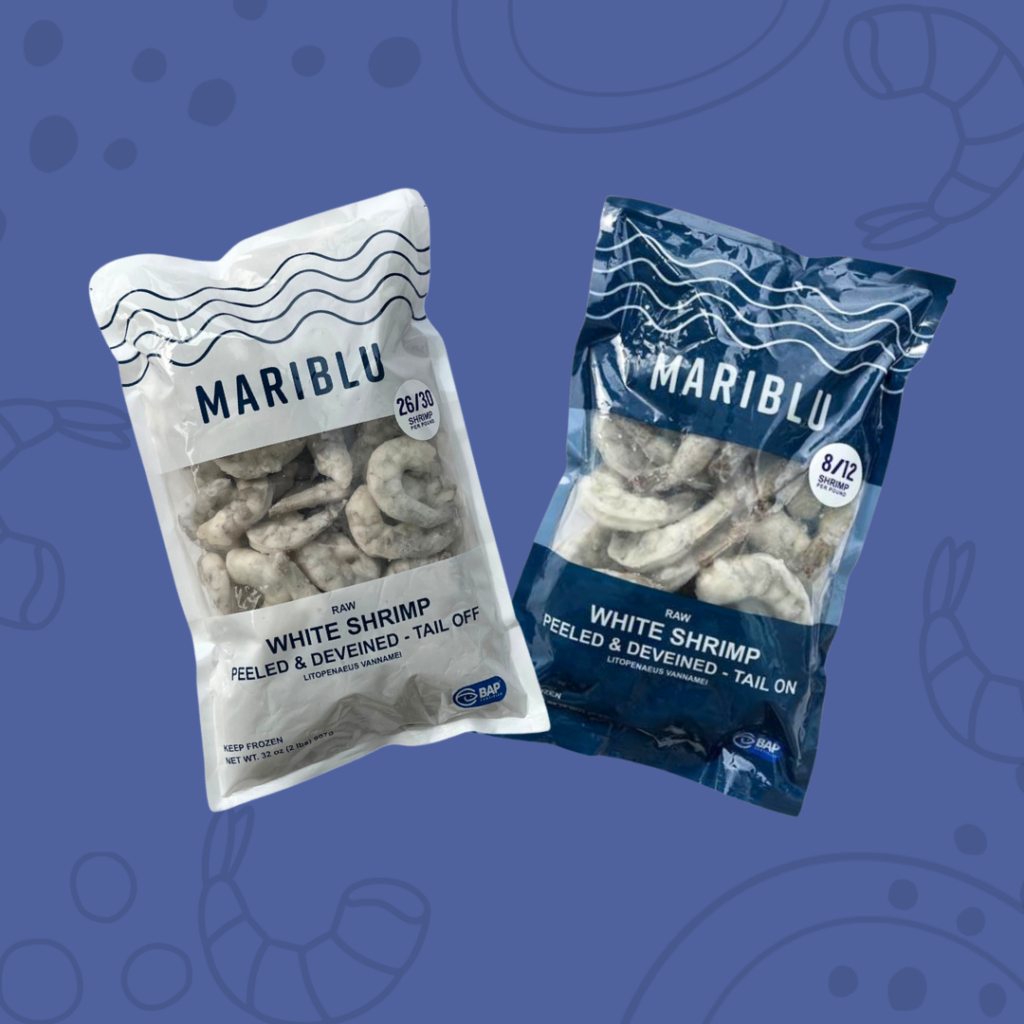
Educate consumers about your menu items
Share the story behind your menu items to educate consumers about the health benefits of your dishes and their origins. For instance, highlight unconventional healthy protein options or promote antibiotic-free meat. Mention reputable producers and what makes them so special to build trust and transparency with your customers. Incorporate this information into your menu descriptions or create a separate section dedicated to the health-conscious choices available.
For example: Make sure when talking about duck on the menu, that in the description you mention the lower fat and calorie content compared to many other meats, making it a winning pick for those who crave incredible flavors while upholding a balanced diet. Take it a step further and share the details of the source. If you are using our Maple Leaf Farm duck you can share their particular dedication to sustainability and quality.
Or share the story of Joyce Farms chicken and their belief that small farmers, with their deep caring and passion for the animals, are the best at raising them, often using age-old artisan methods passed down through generations. They use no pesticides, animal by-products, hormones, growth stimulators or antibiotics EVER.
Creekstone Farms Angus Beef stands out for its commitment to quality and ethical practices in beef production. Embracing organic farming principles and ensuring humane animal handling, they prioritize a farming approach free of antibiotics and hormones. With a dedication to transparency, Creekstone Farms is not only passionate about delivering premium Angus beef but also strives to educate customers and consumers about the origins of their food, fostering a deeper understanding and appreciation for sustainable and responsible farming practices.
Highlighting producers like these add value to your menu items and make your patrons feel good about the choices they make at your restaurant.
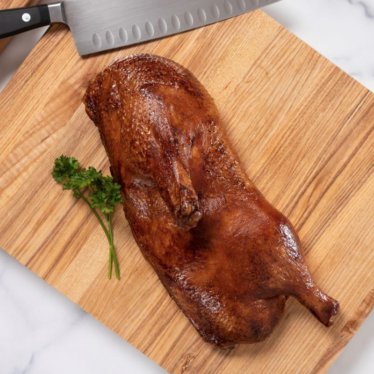

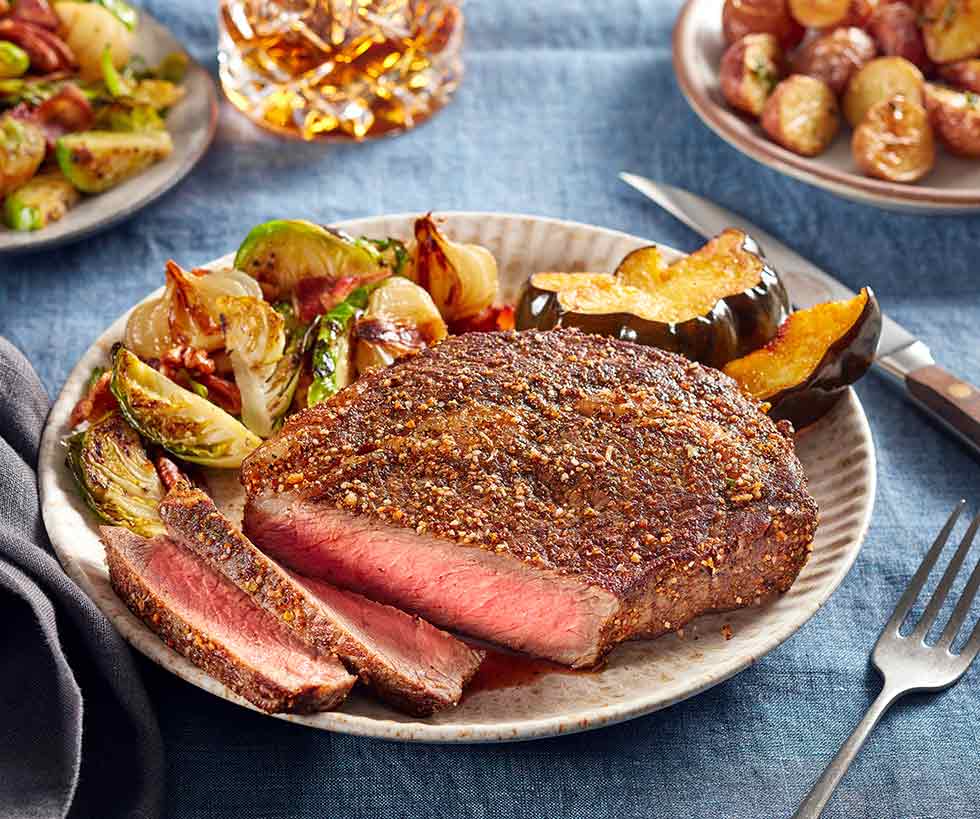
Create easy healthy grab-and-go options
Recognizing the fast-paced lifestyles of many customers, offer easy and healthy grab-and-go options. To-go parfait cups filled with nutritious ingredients, such as Greek yogurt, fresh fruits, and granola, make for a convenient and satisfying choice. Consider other portable options like salads in a jar or protein-packed snack boxes to cater to health-conscious consumers on the move.
We have the perfect Parfait Combo Kit + Lid (item #34031) for your grab and go needs! This clear cup is a portable, fast, convenient, and easy-to-use package for yogurt parfaits and savory snack combinations.
Grandola Granola is a gourmet granola that’s made by hand, cured, nut free, gluten-free, and vegan with flavors like Autumn (item #18929 – Chai/Pumpkin spice with apricots and cranberries) and Ella’s Favorite (item #18932 – Madagascar vanilla, cherries and cranberries).
Pair granola with Greek or regular yogurt for easy options for your customers!
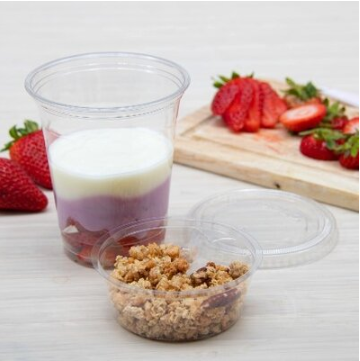
By incorporating these top tips, chefs can successfully cater to health-conscious consumers, fostering a dining environment that aligns with the growing demand for plant-based, sustainable, and transparent culinary choices. This strategic approach not only expands your customer base but also plays a vital role in enhancing the well-being of your patrons. Adapting to the evolving preferences of health-conscious consumers isn’t merely a passing trend; it’s a fundamental strategy for ensuring enduring success in the dynamic restaurant industry.
* Some featured items may not be available in all regions. Please contact your customer advocate for substitutions or new fresh, healthy menu ideas.
